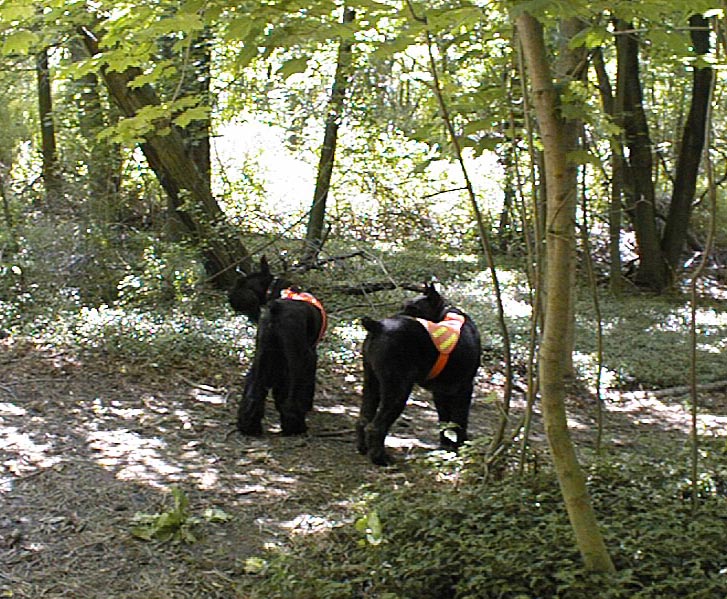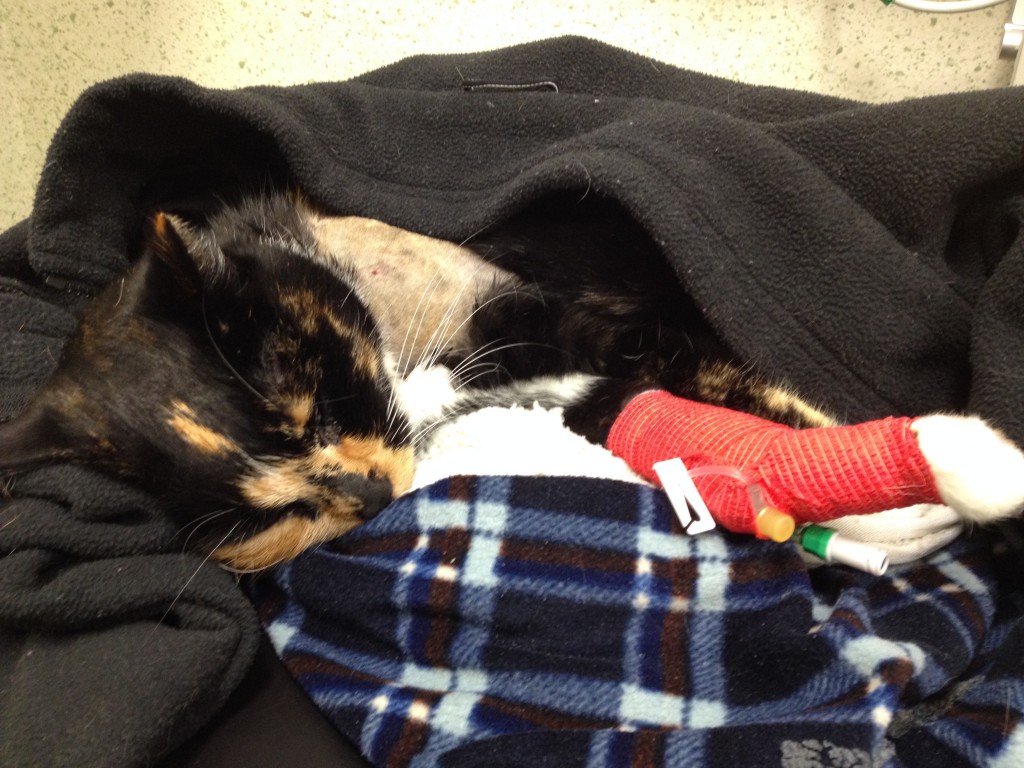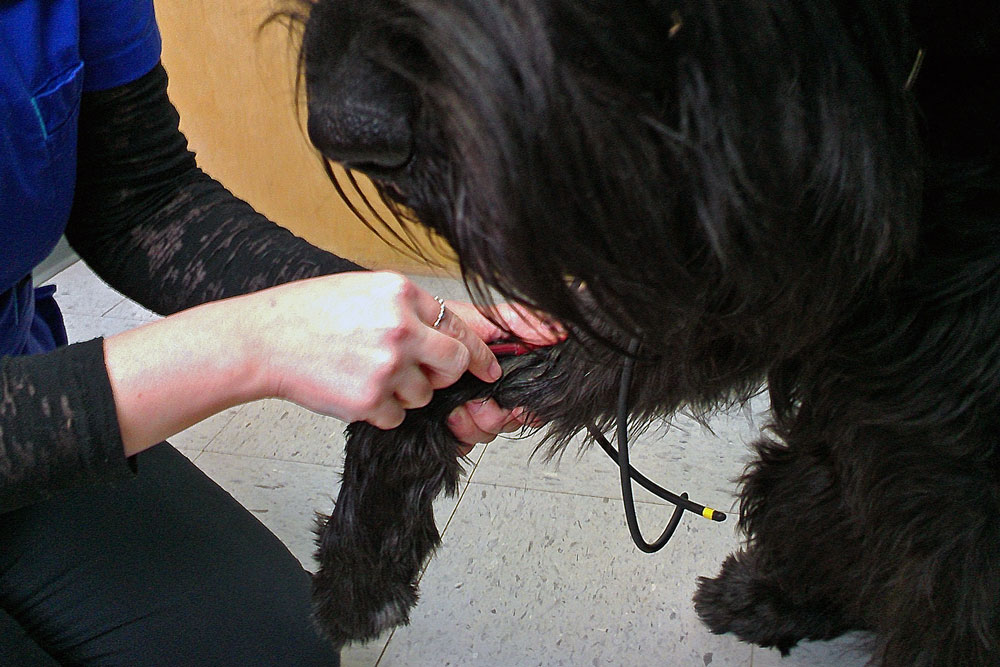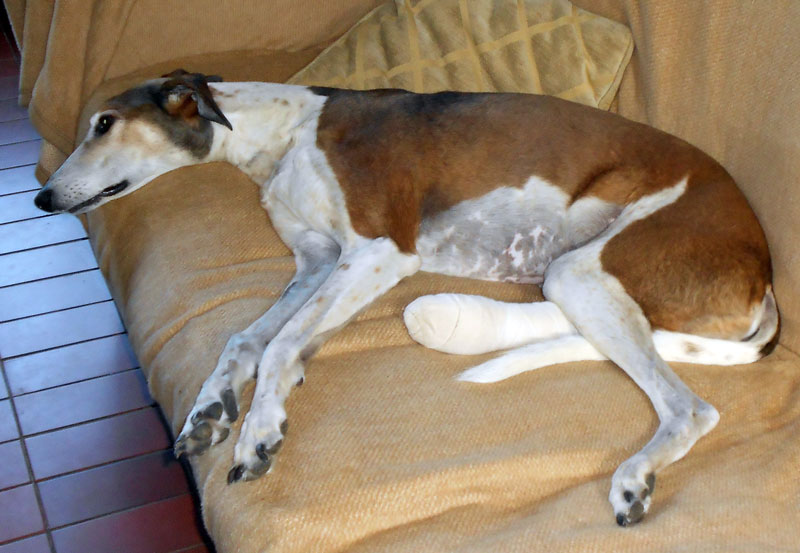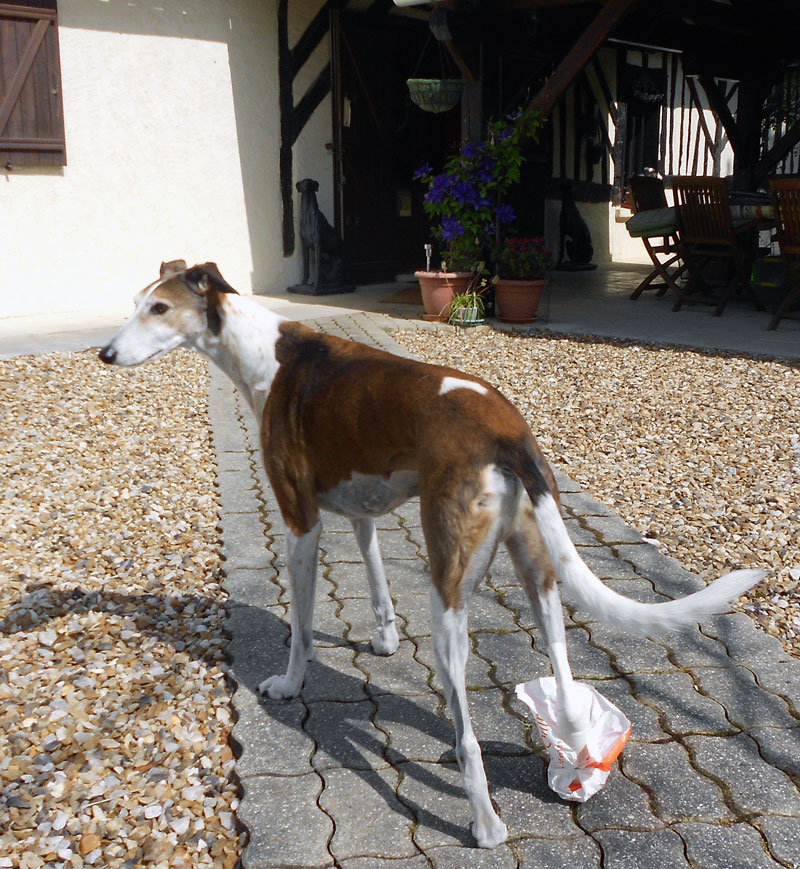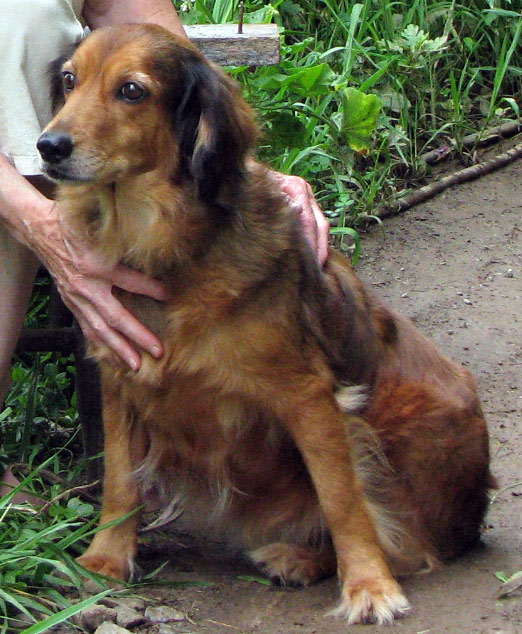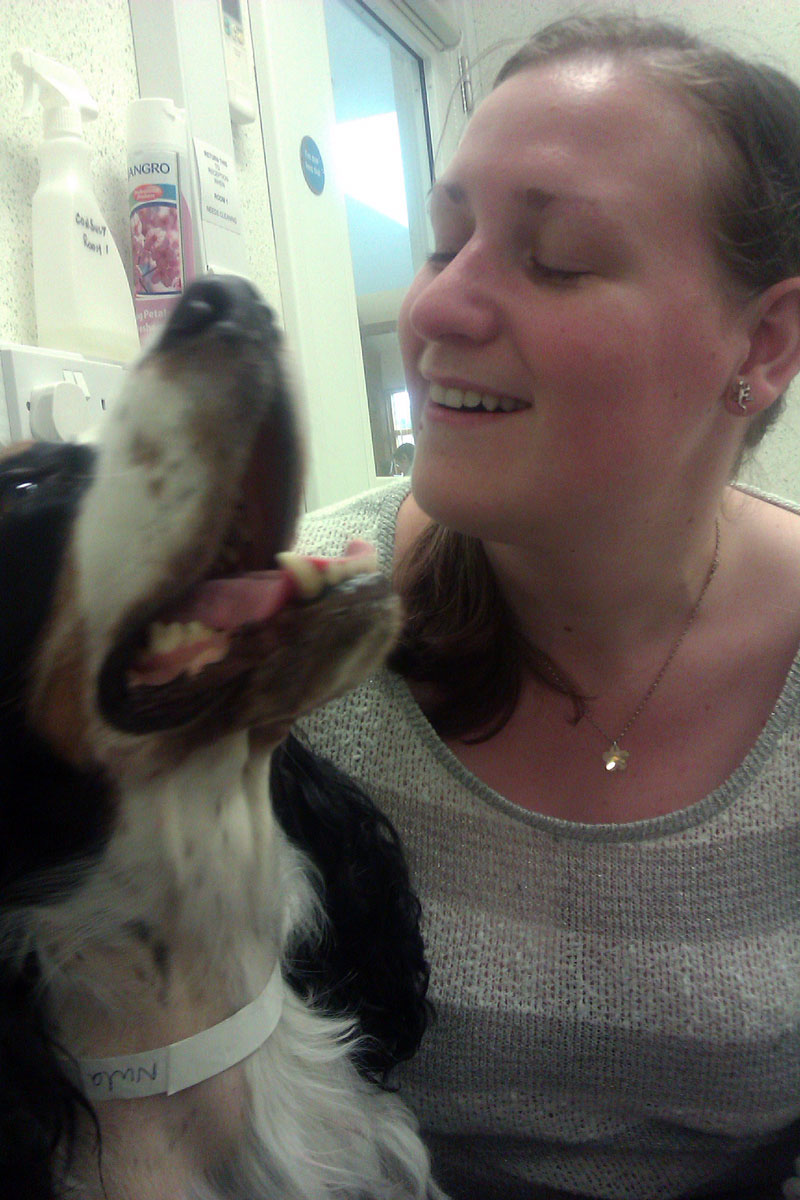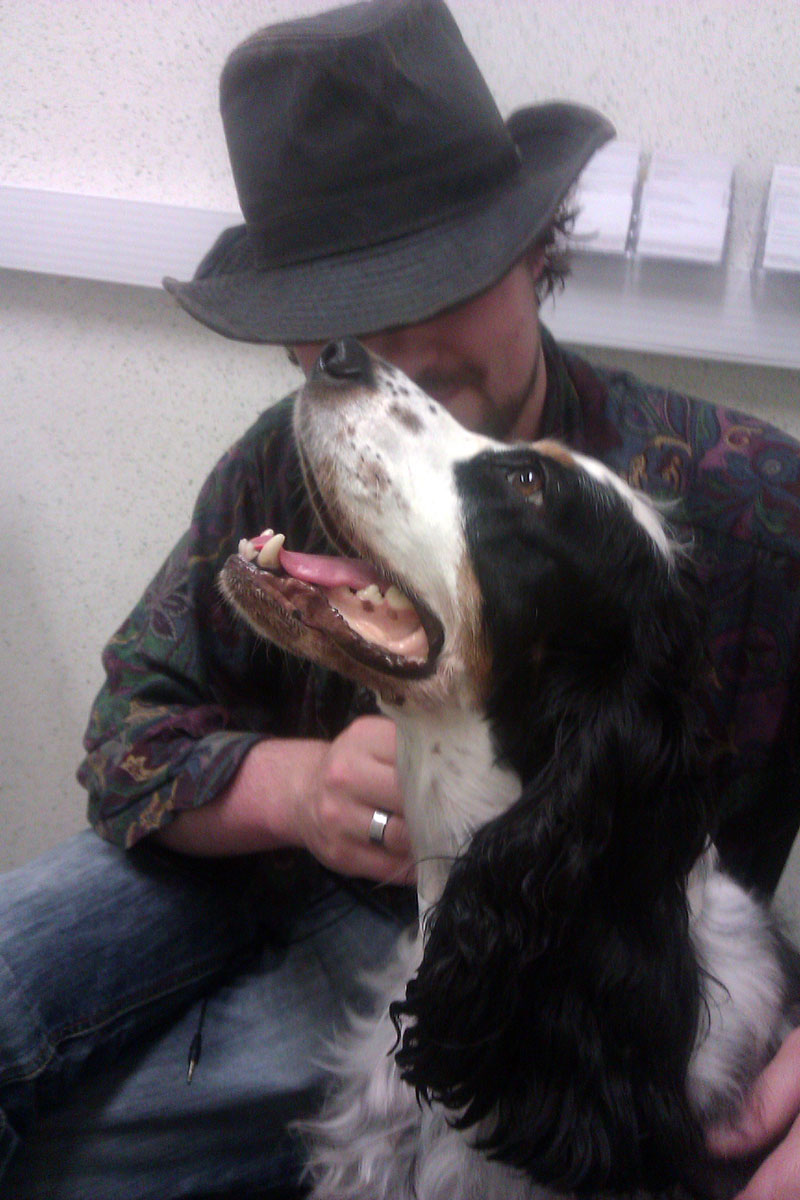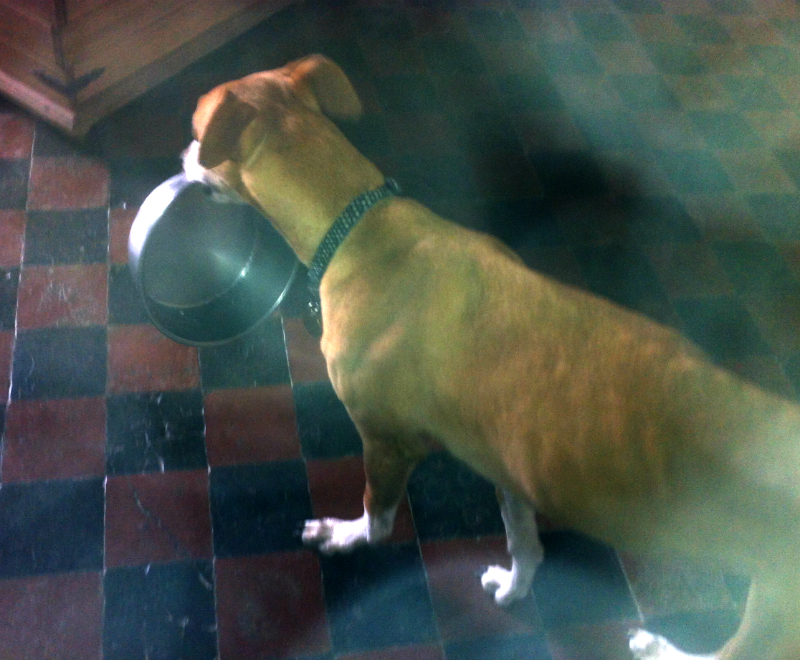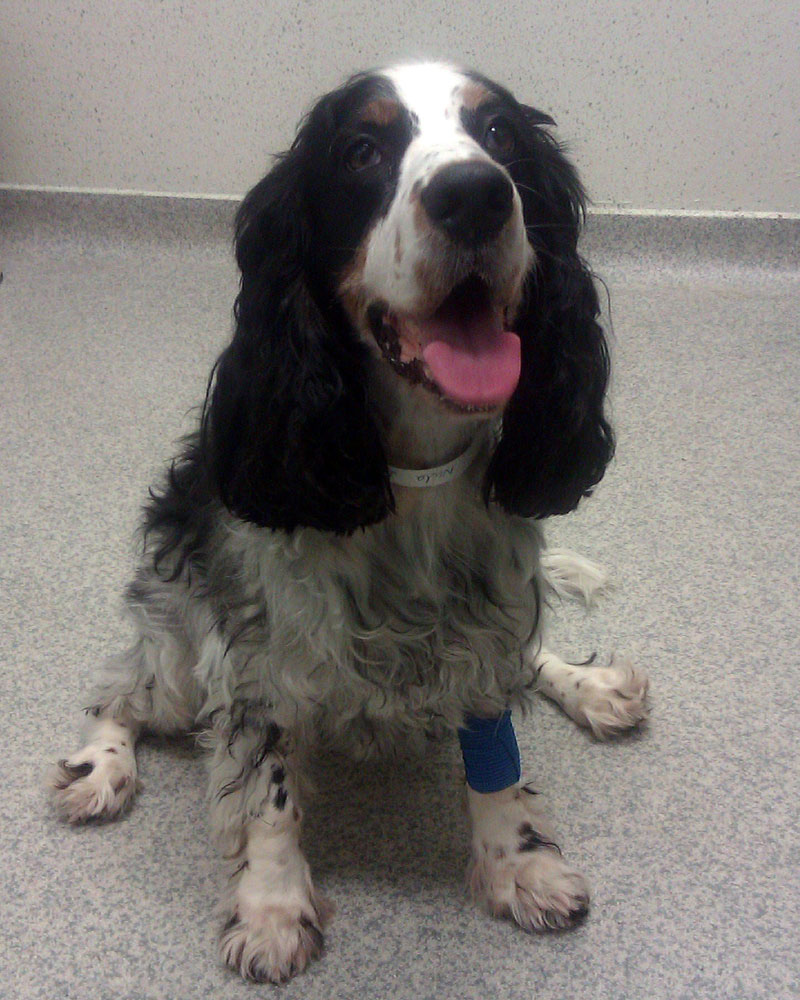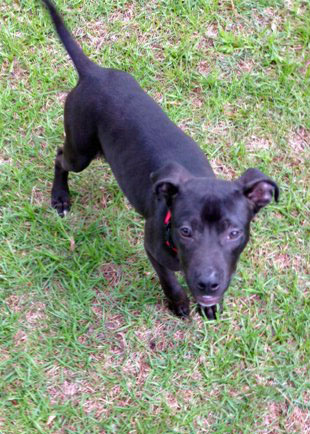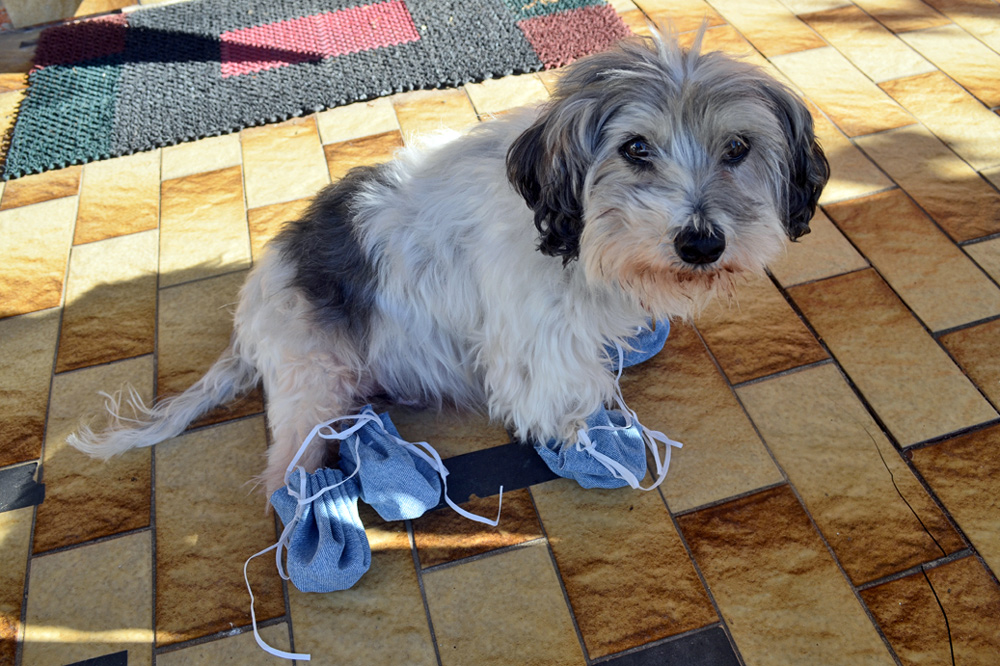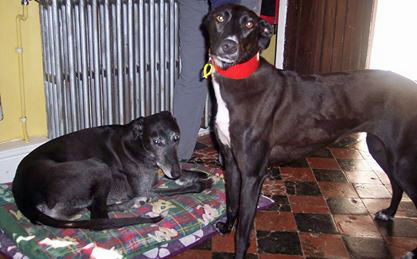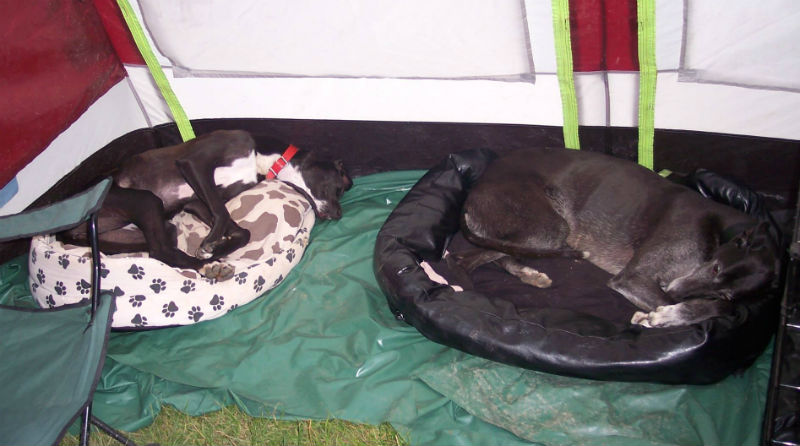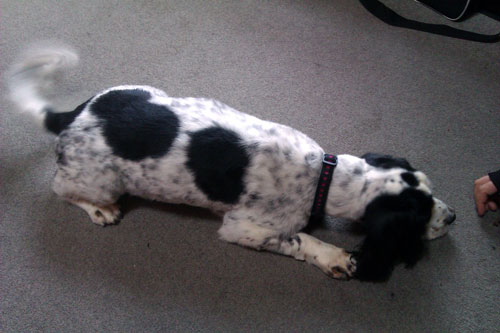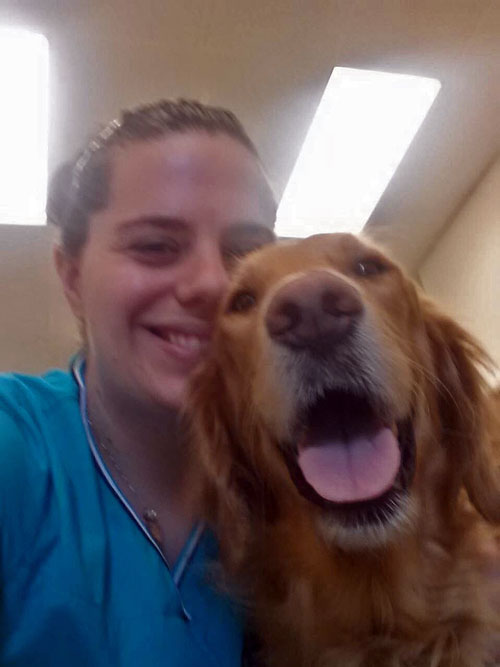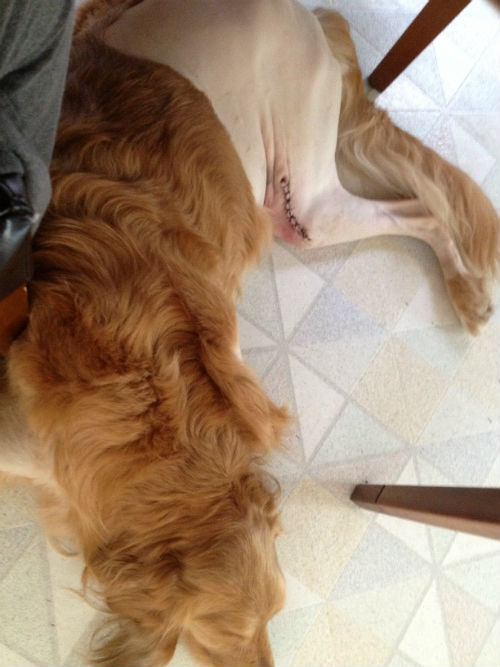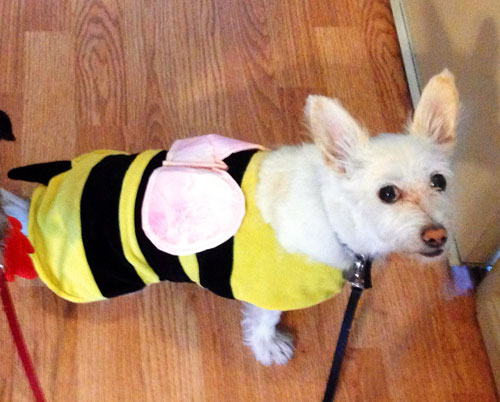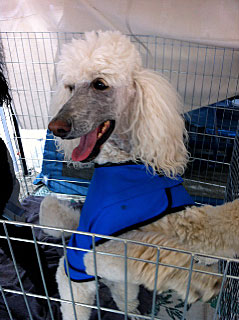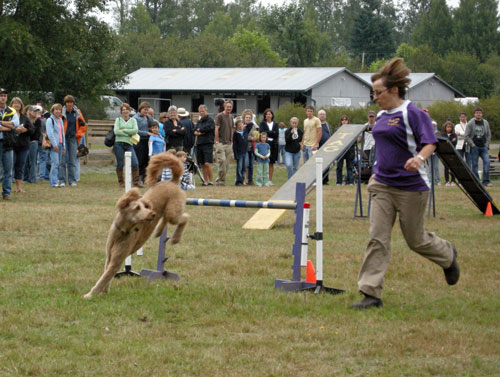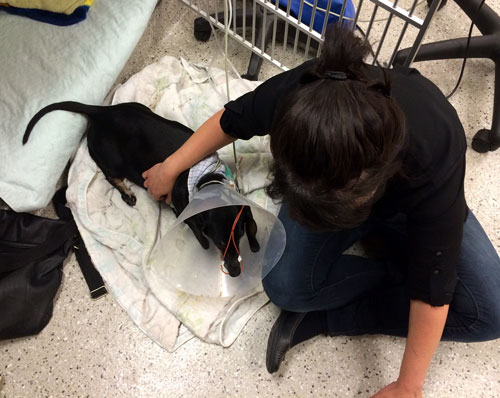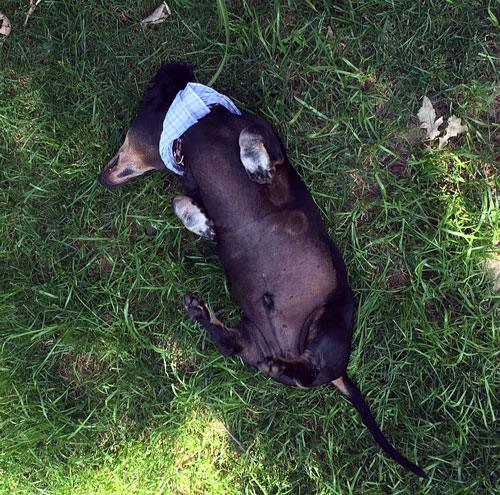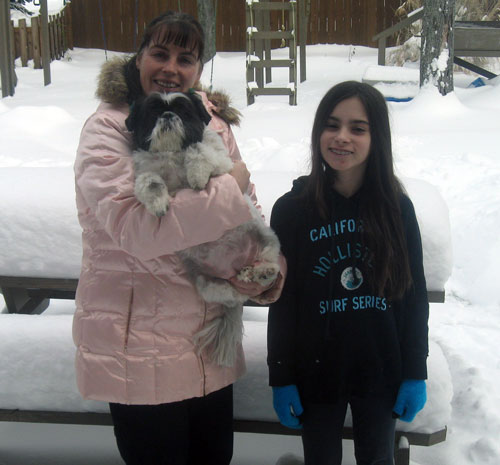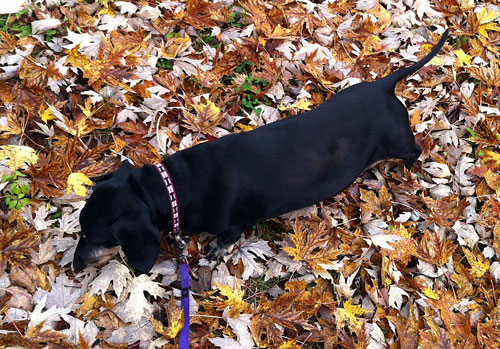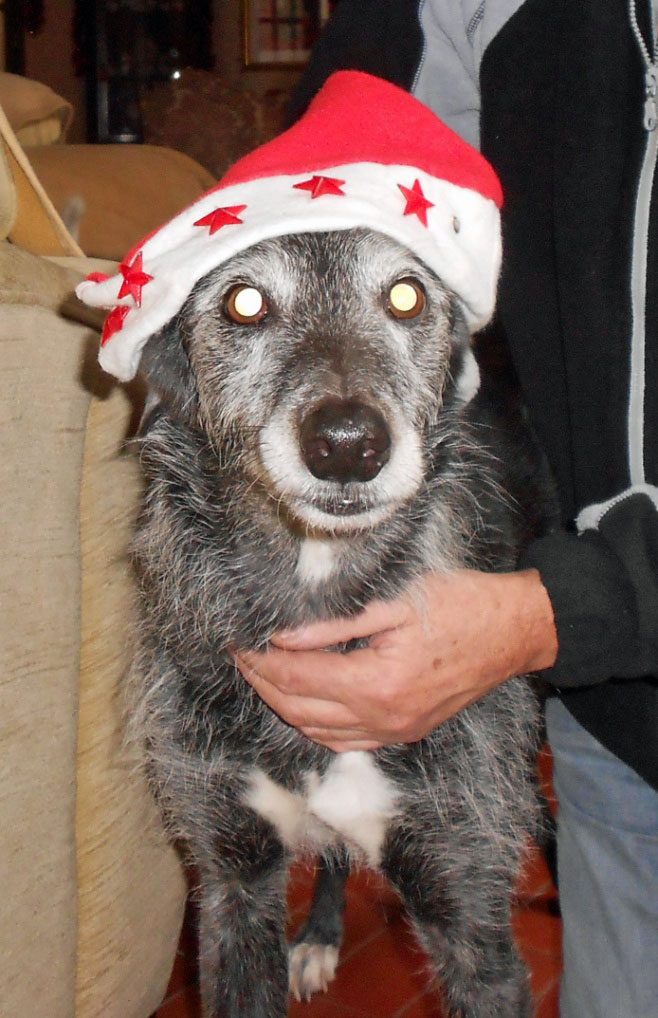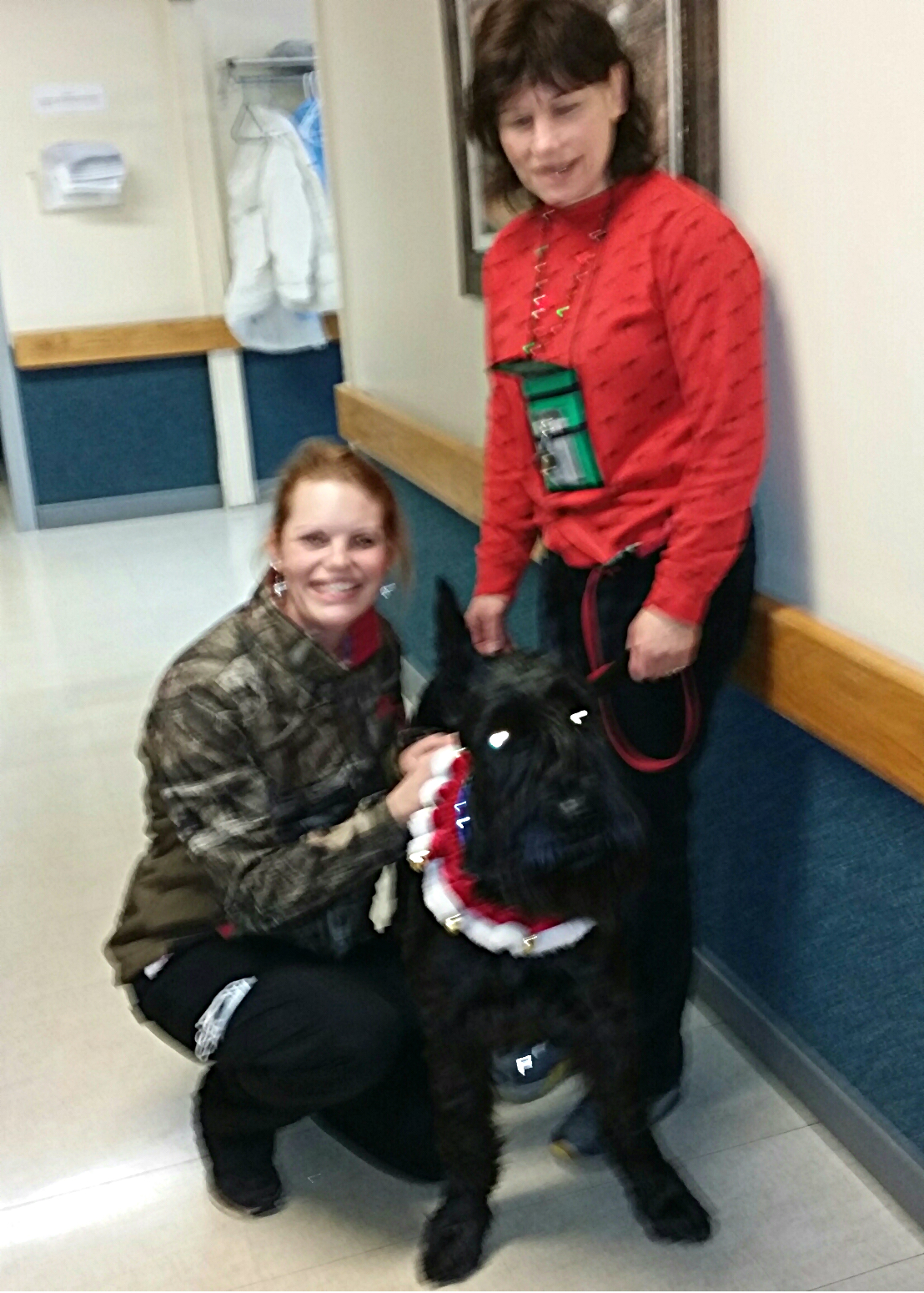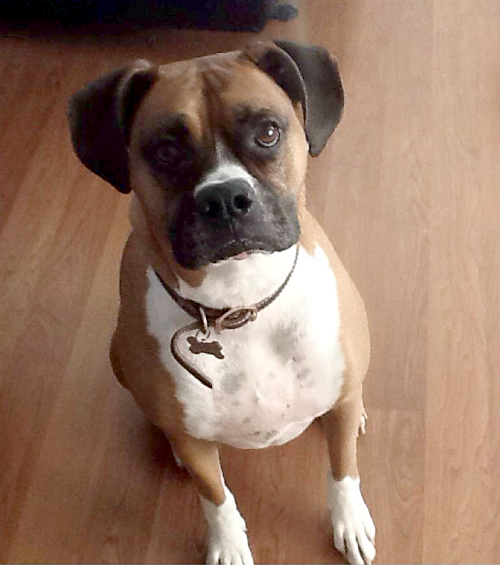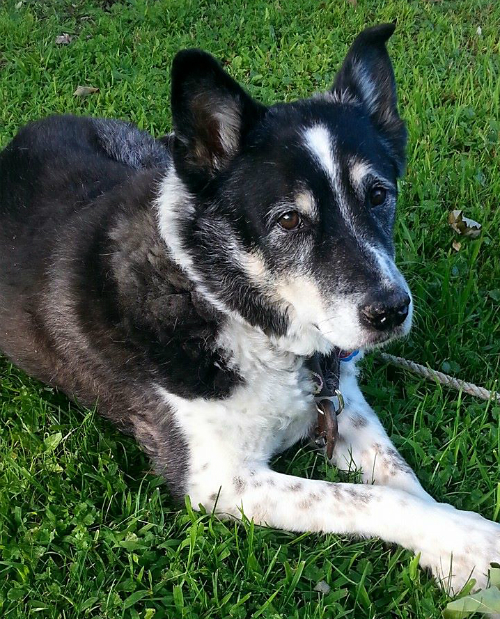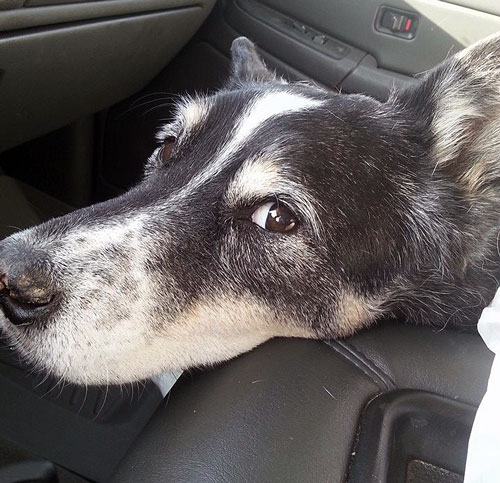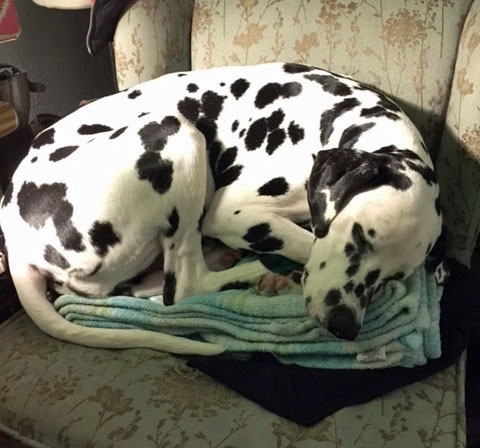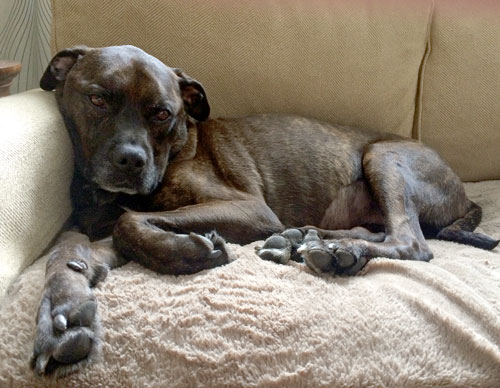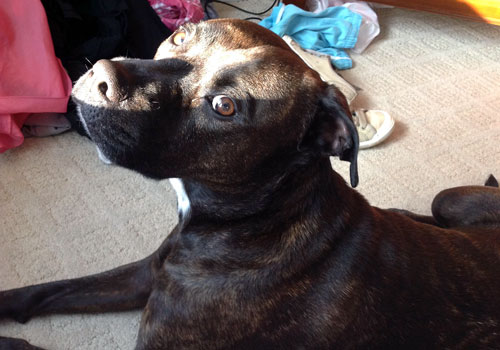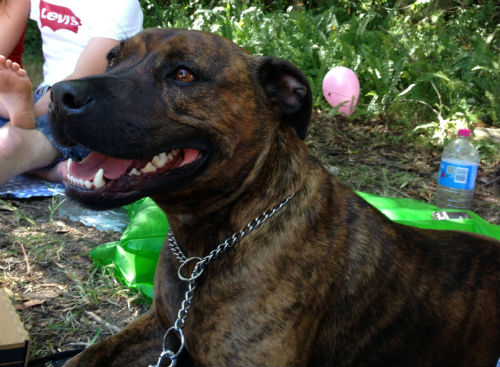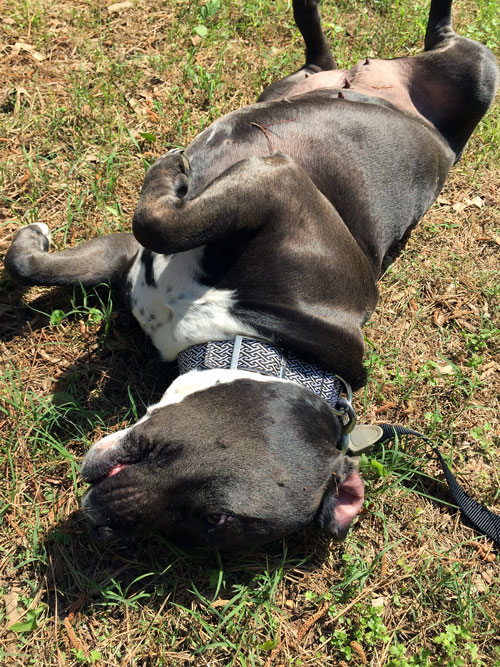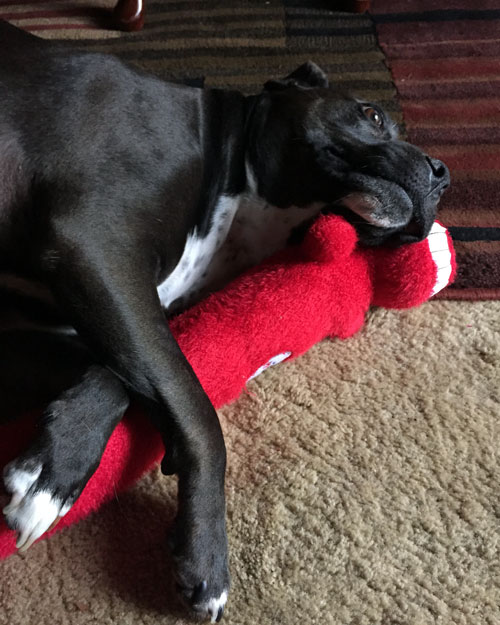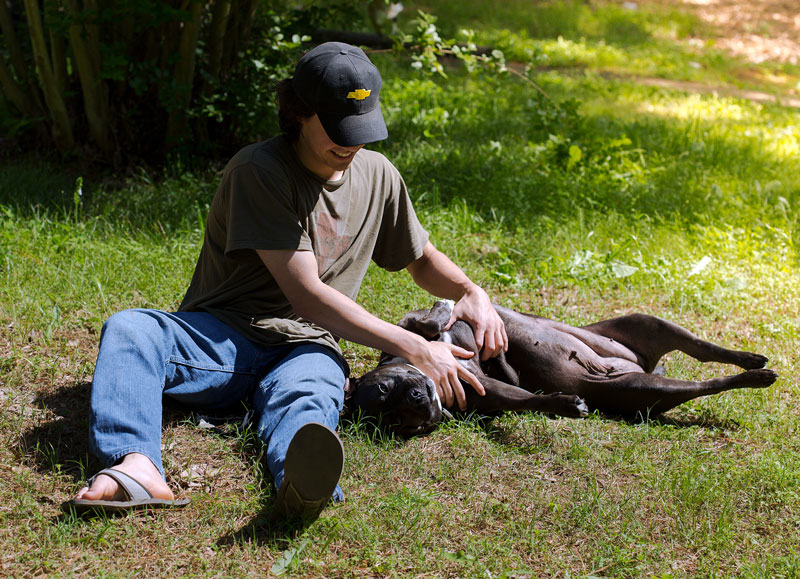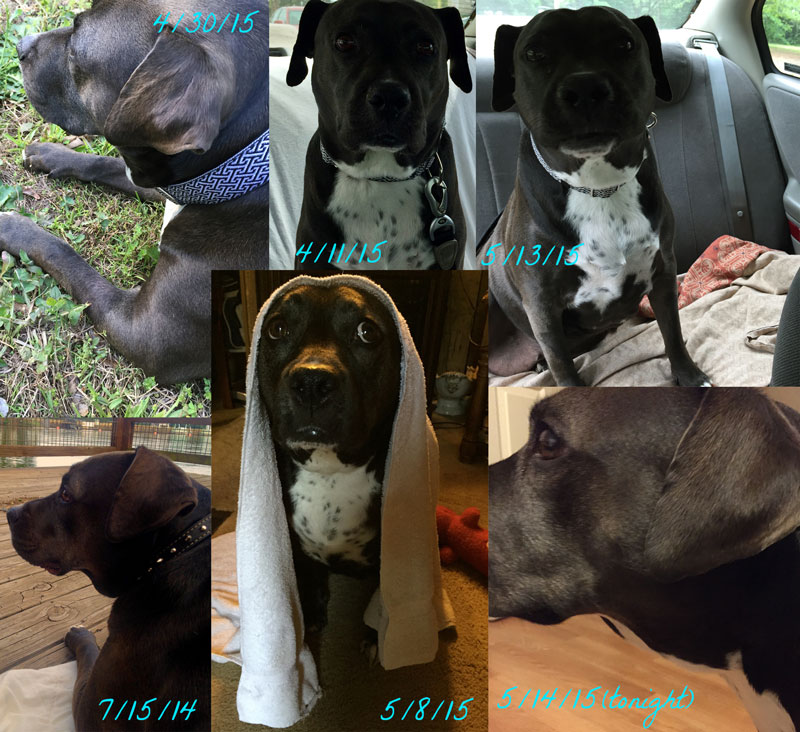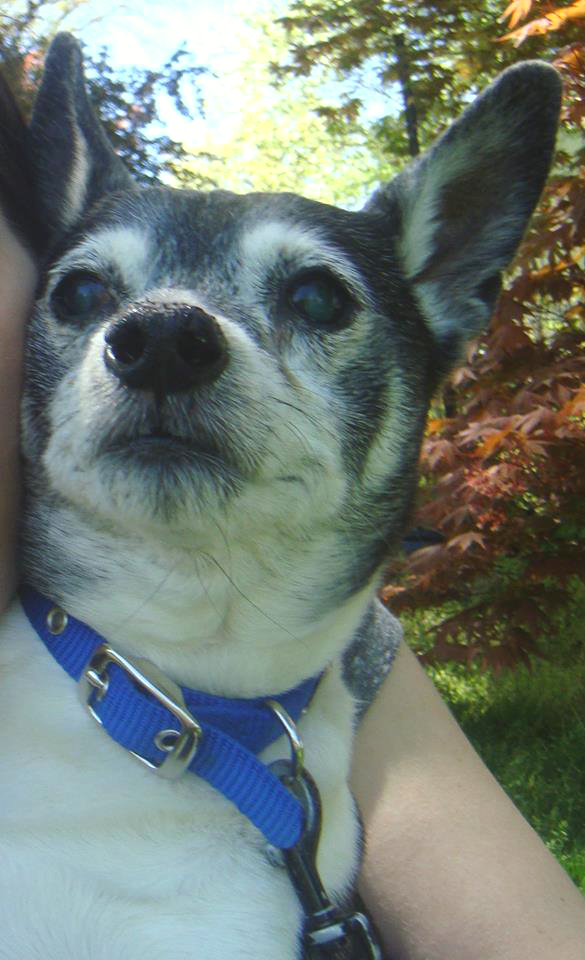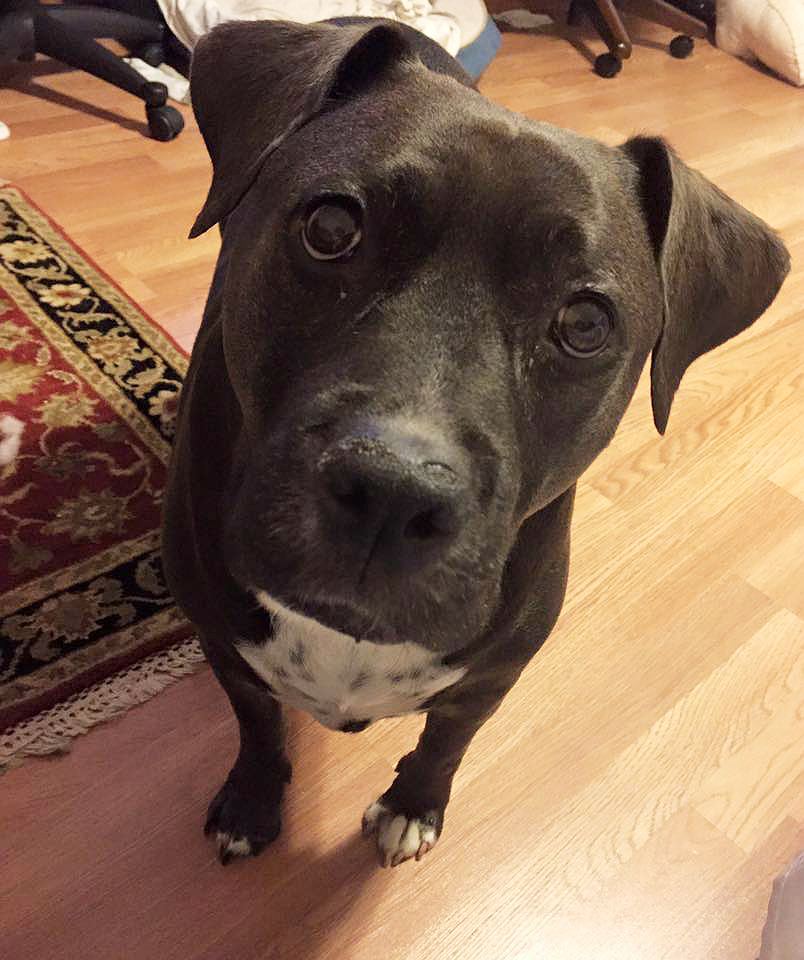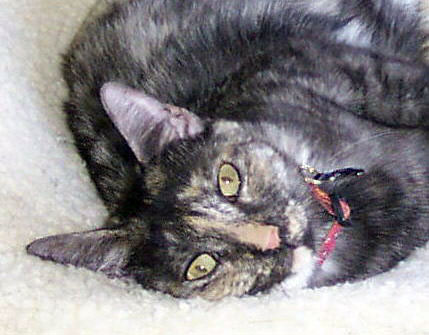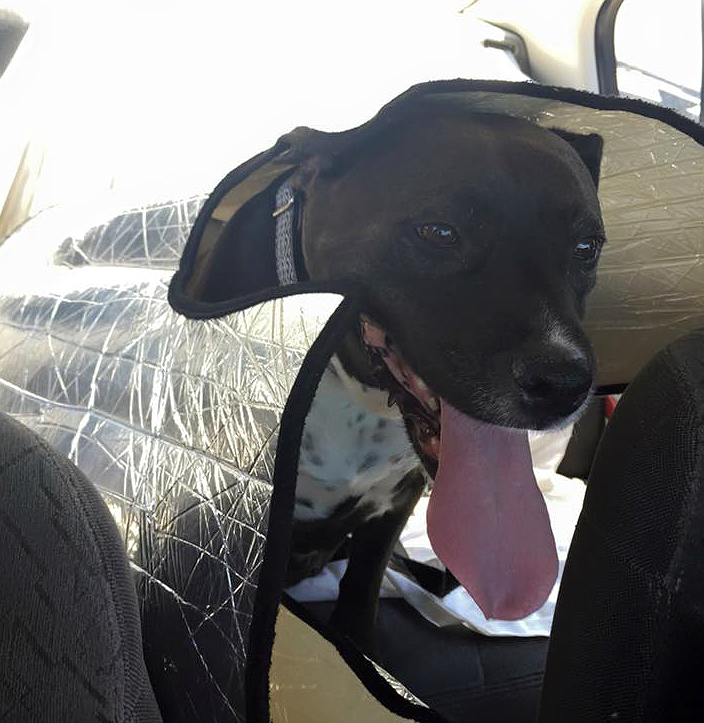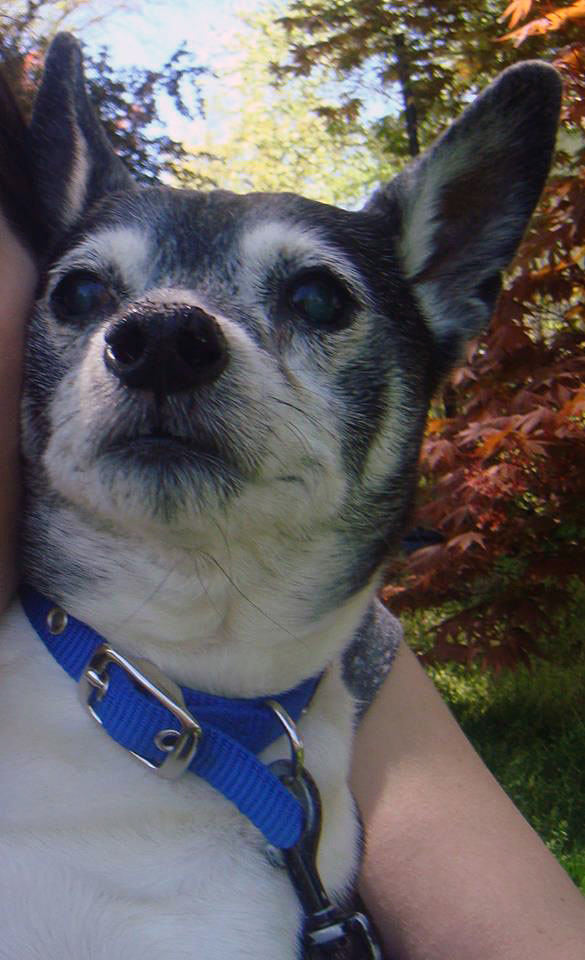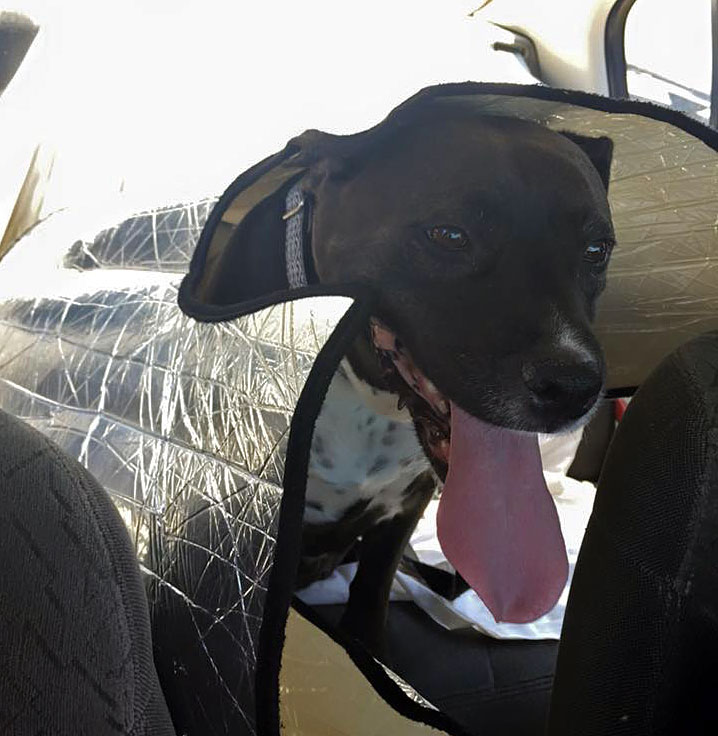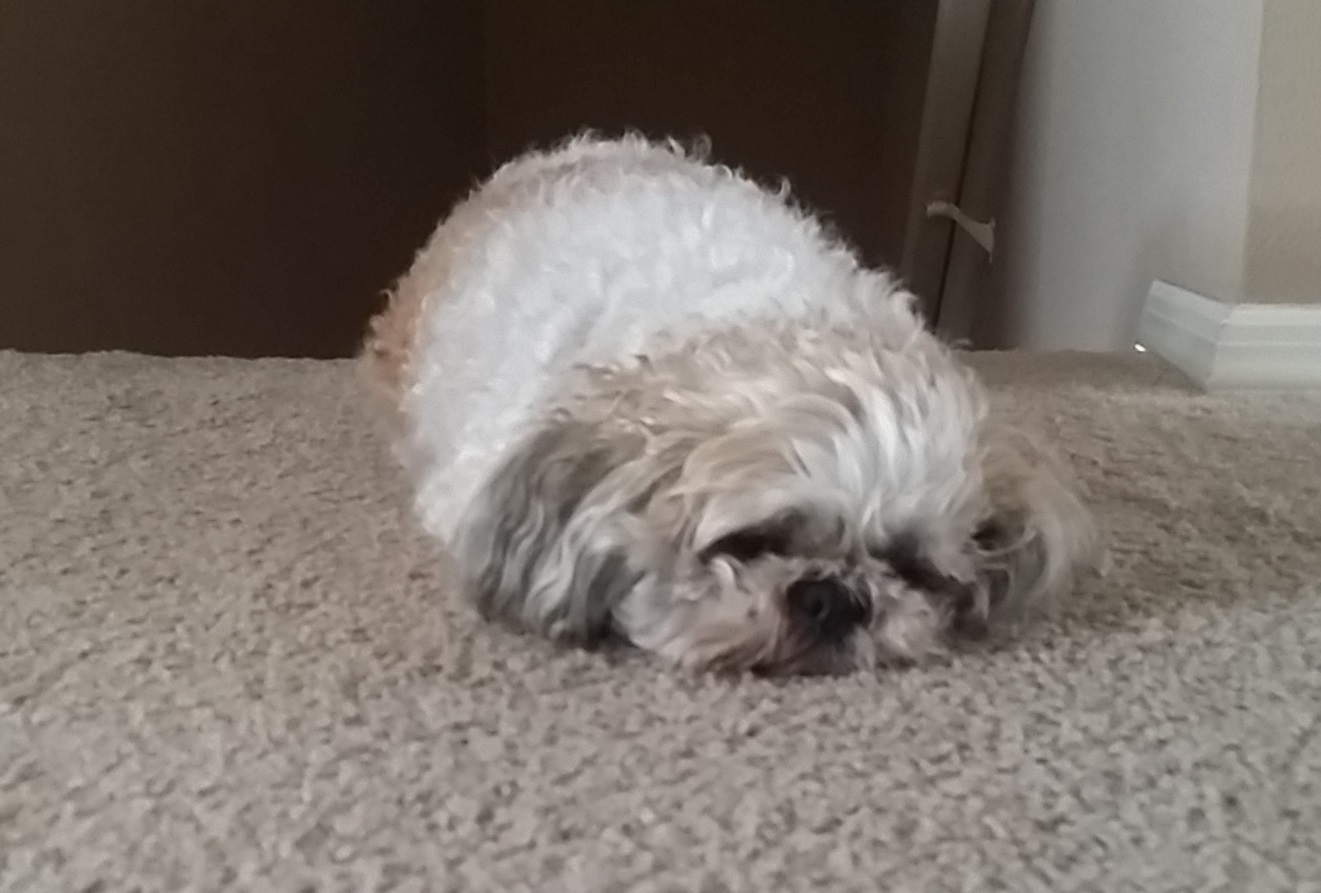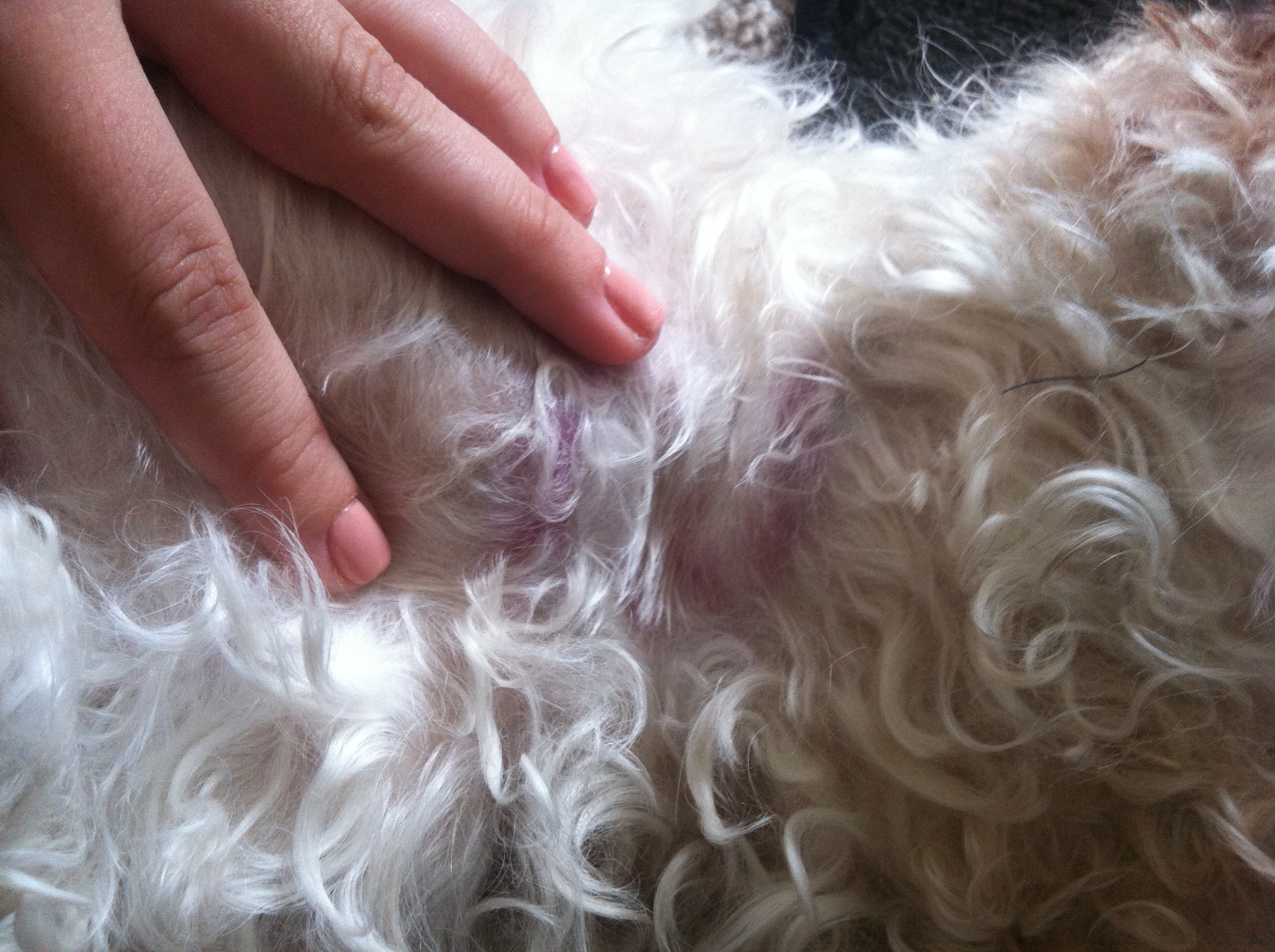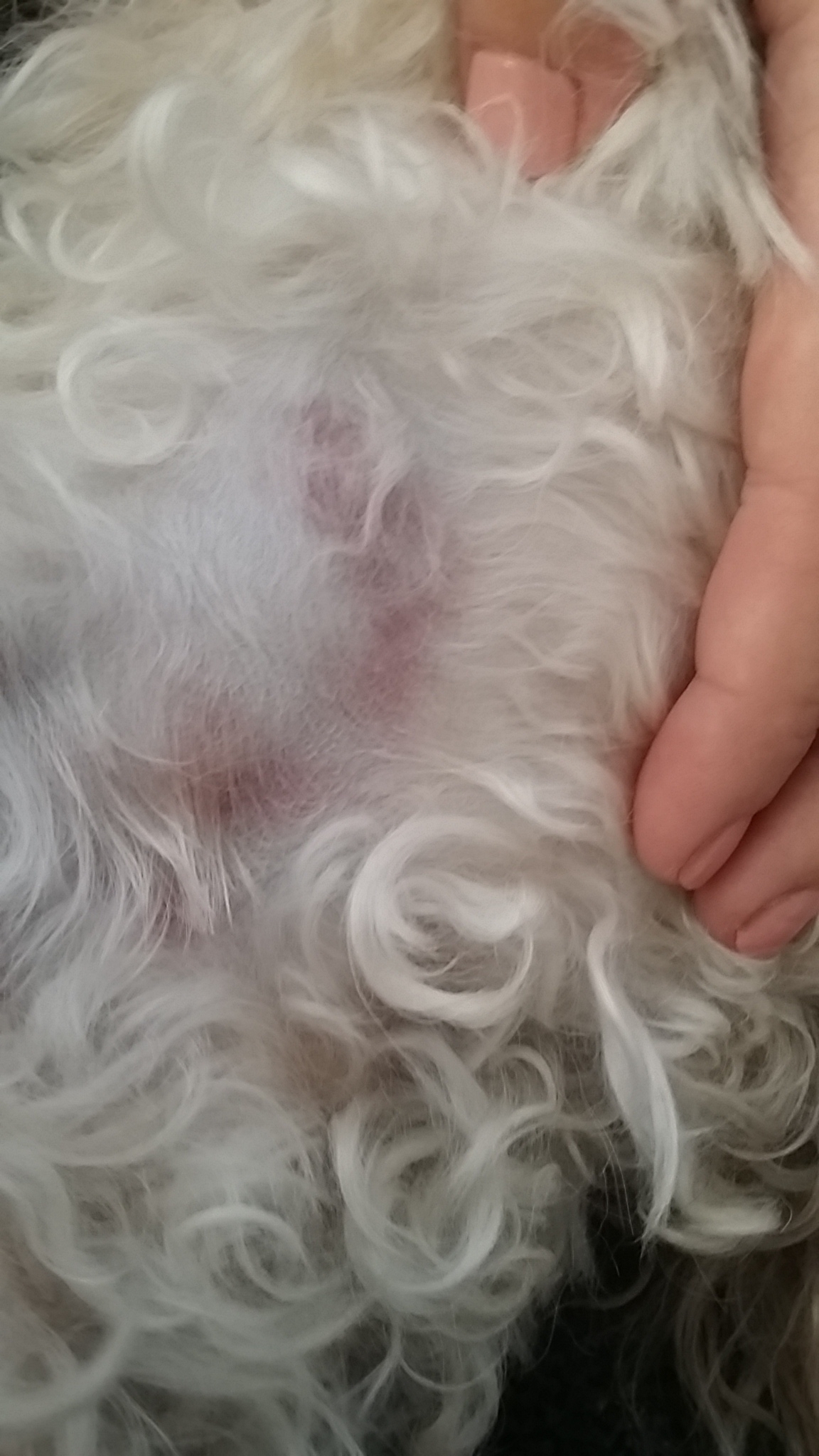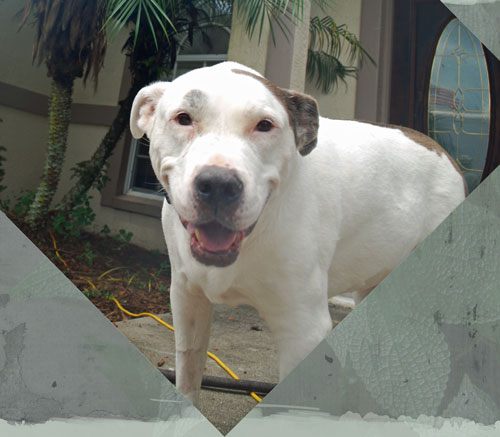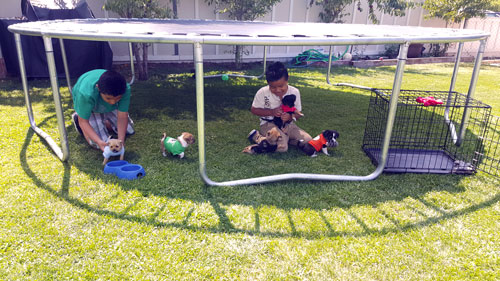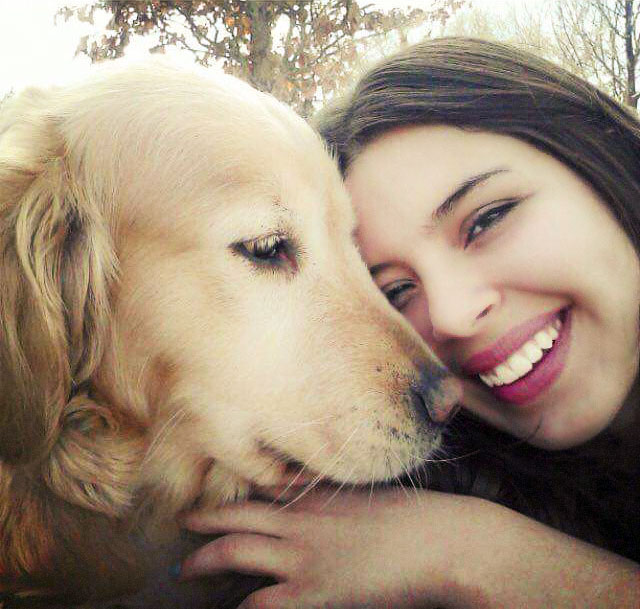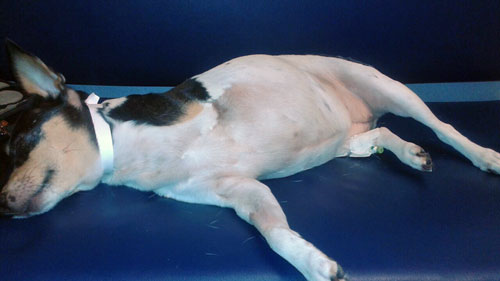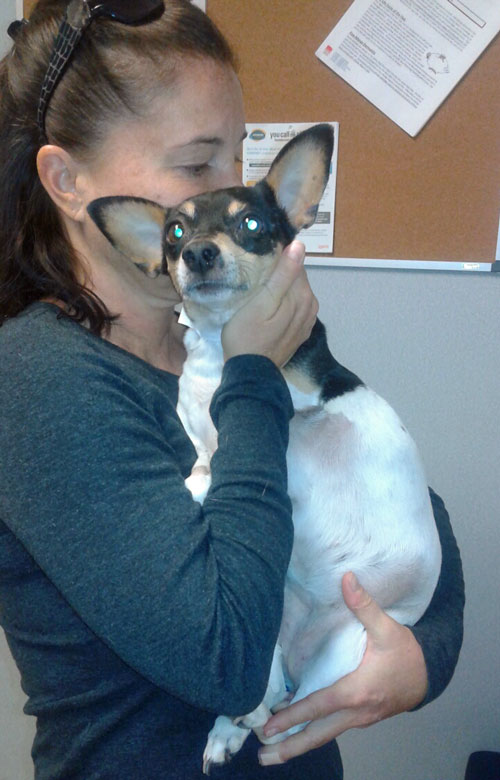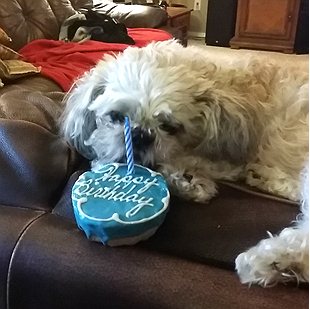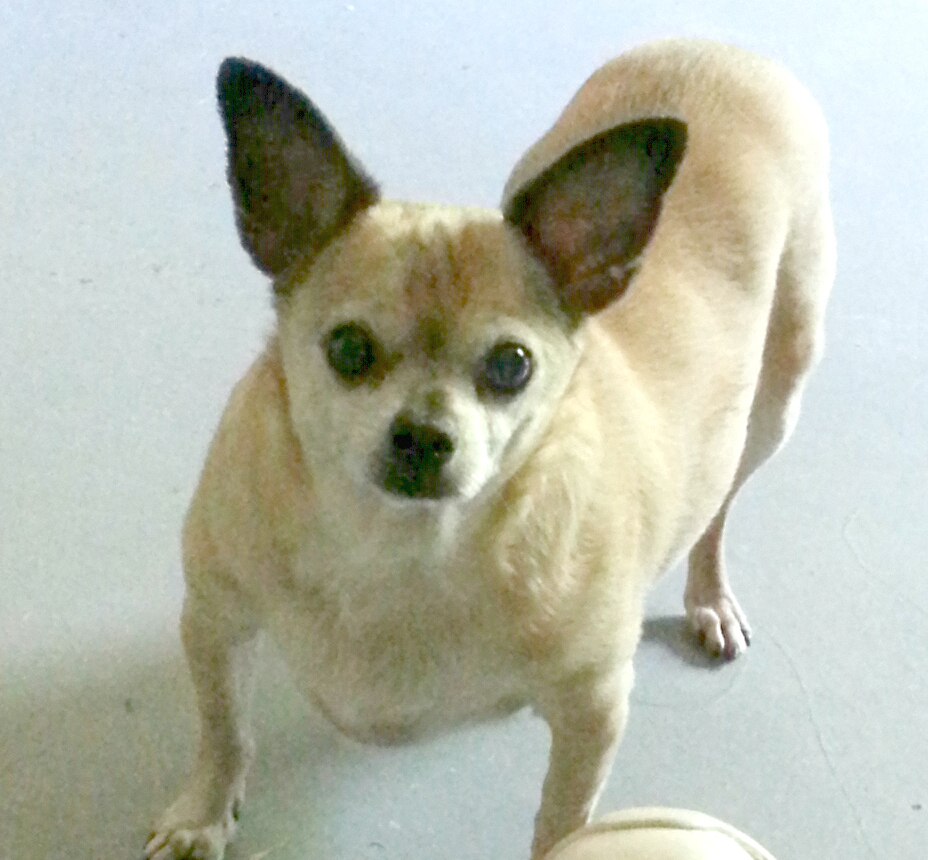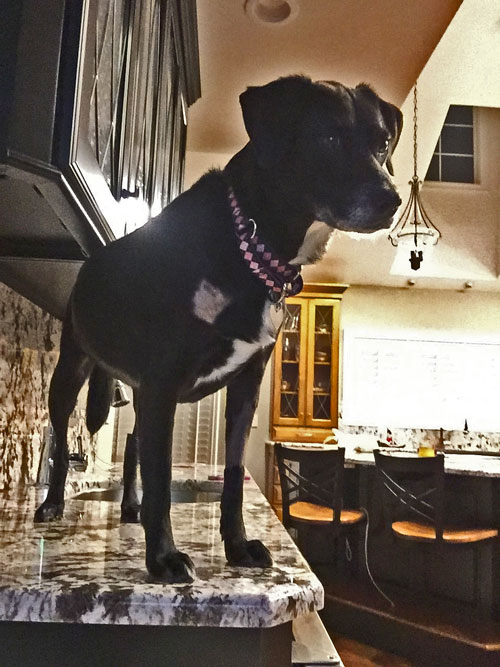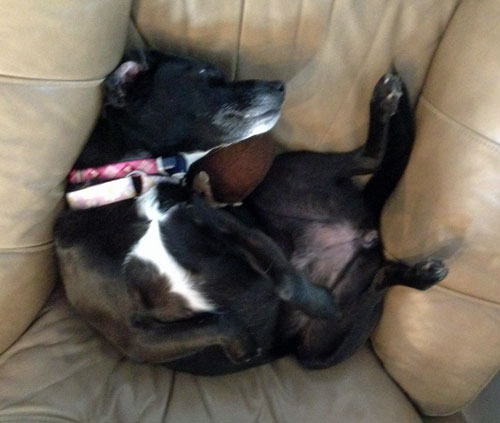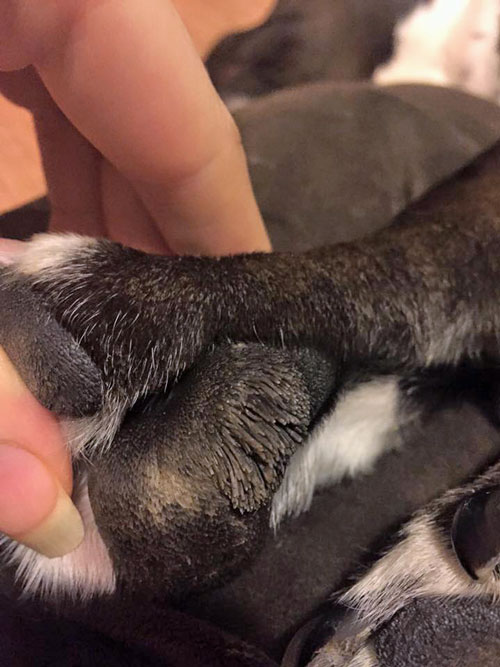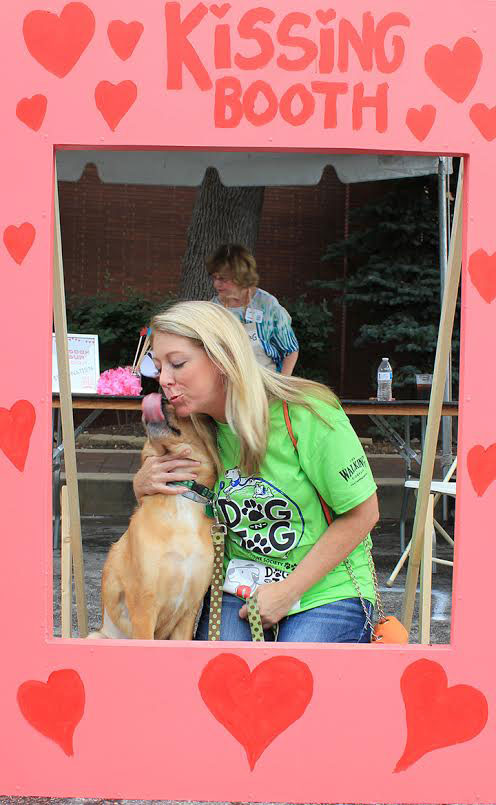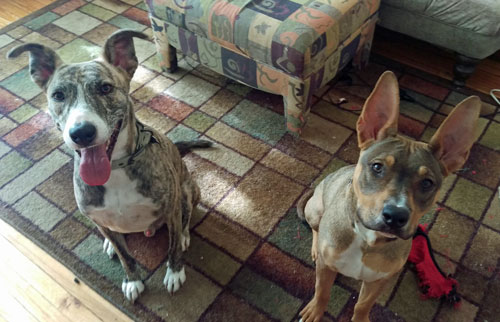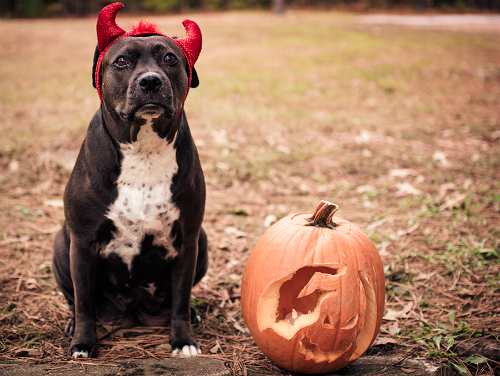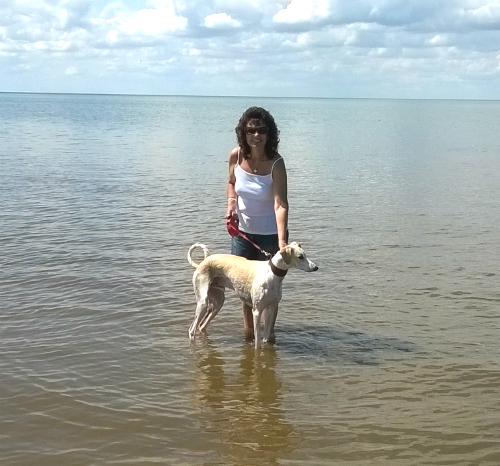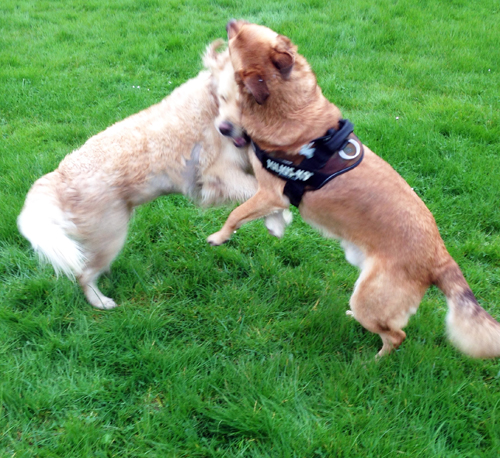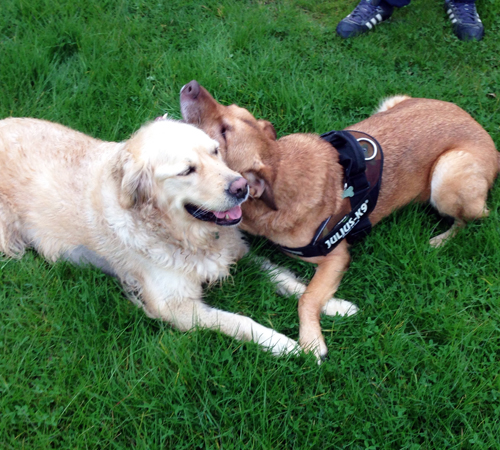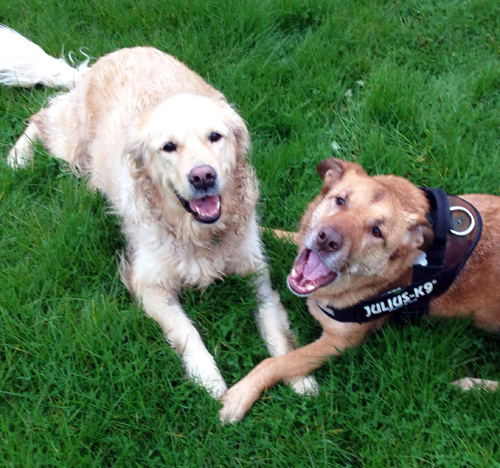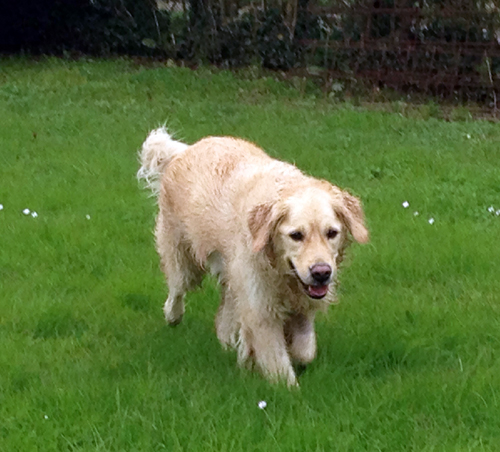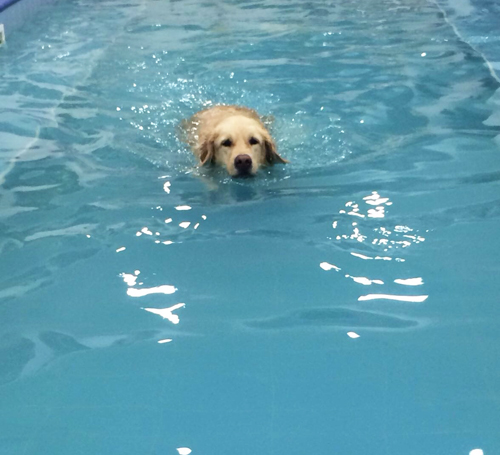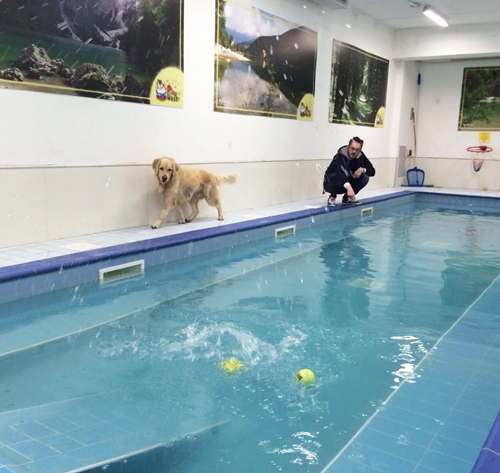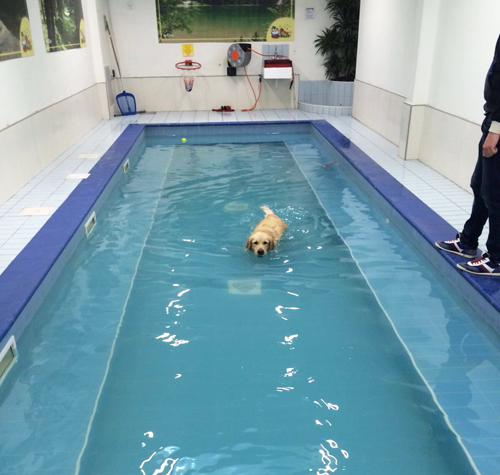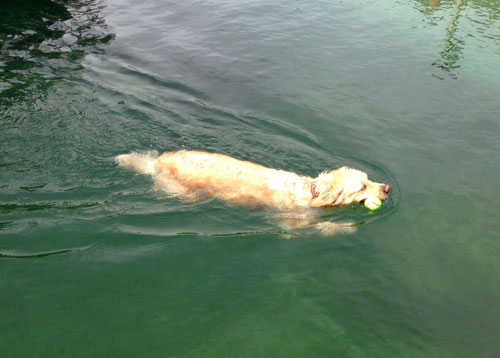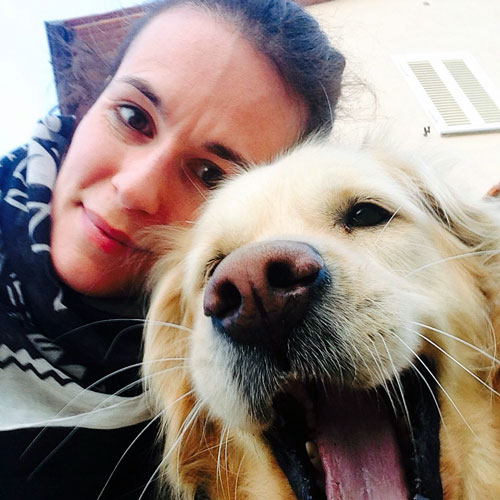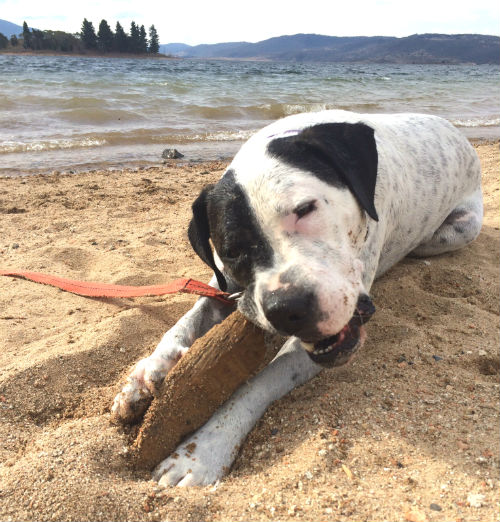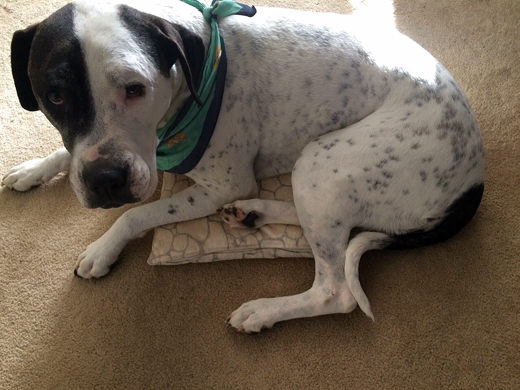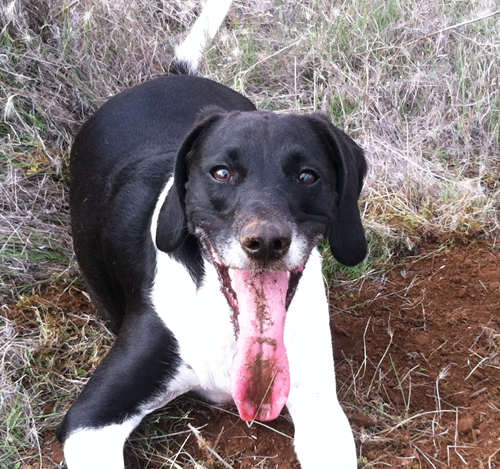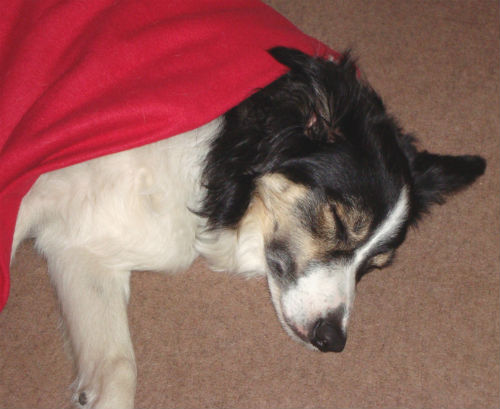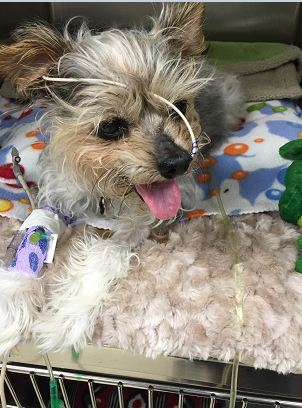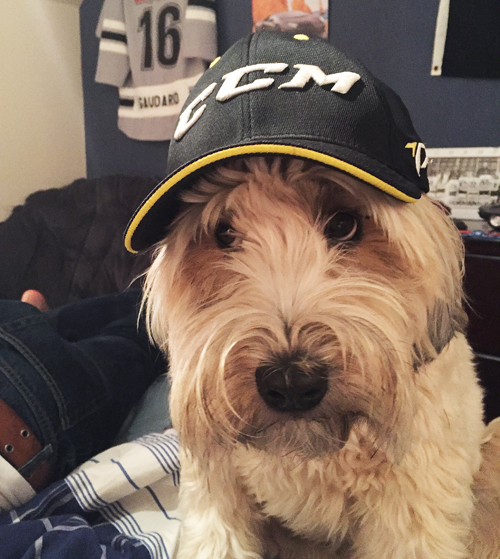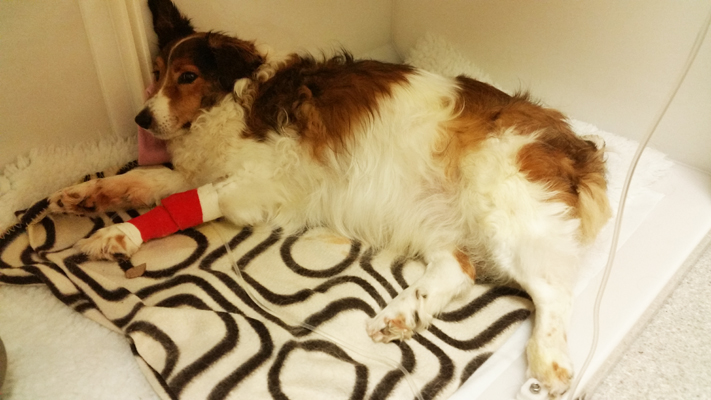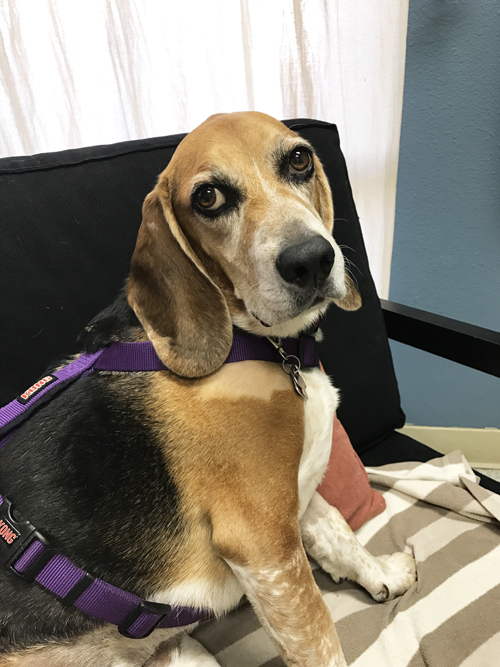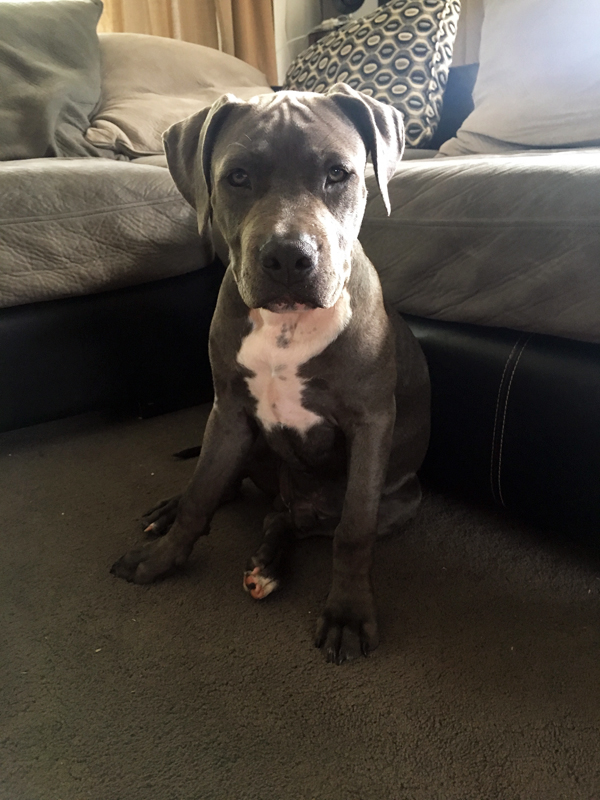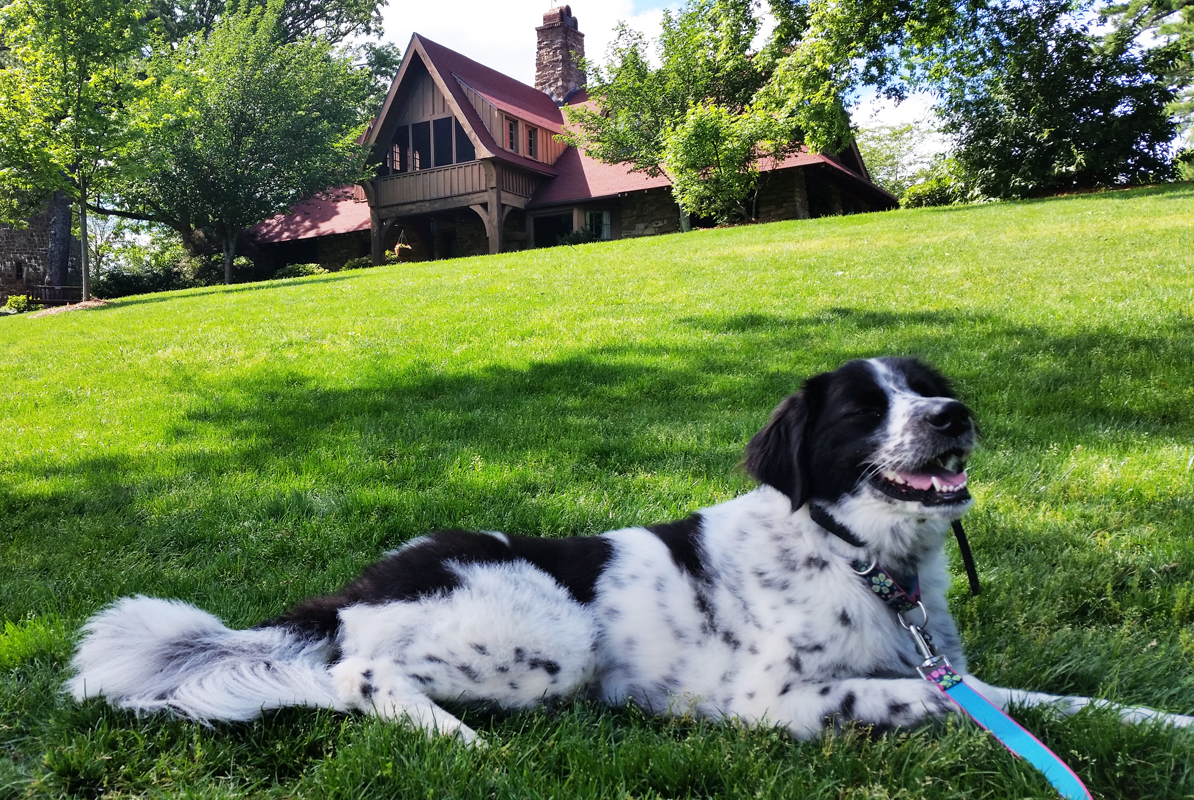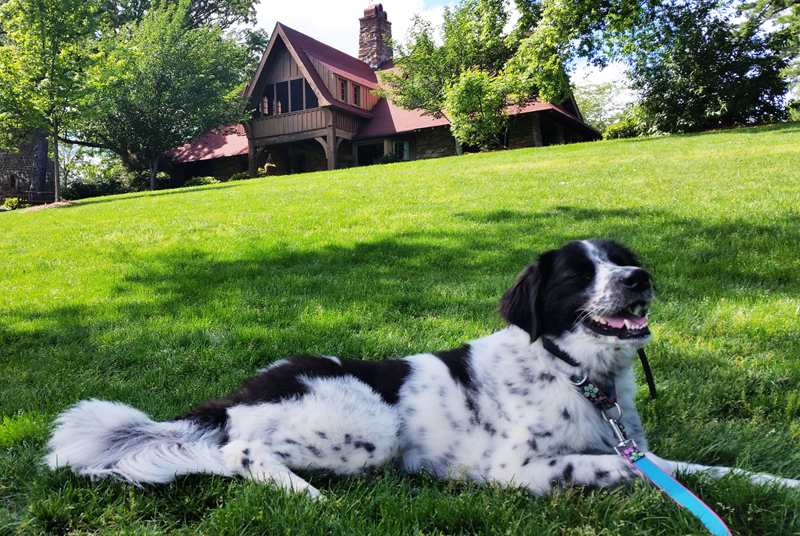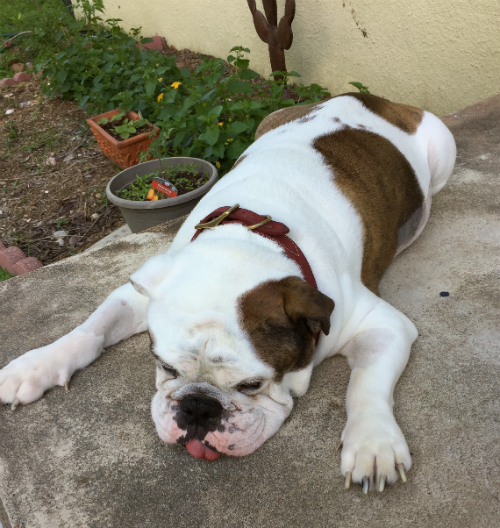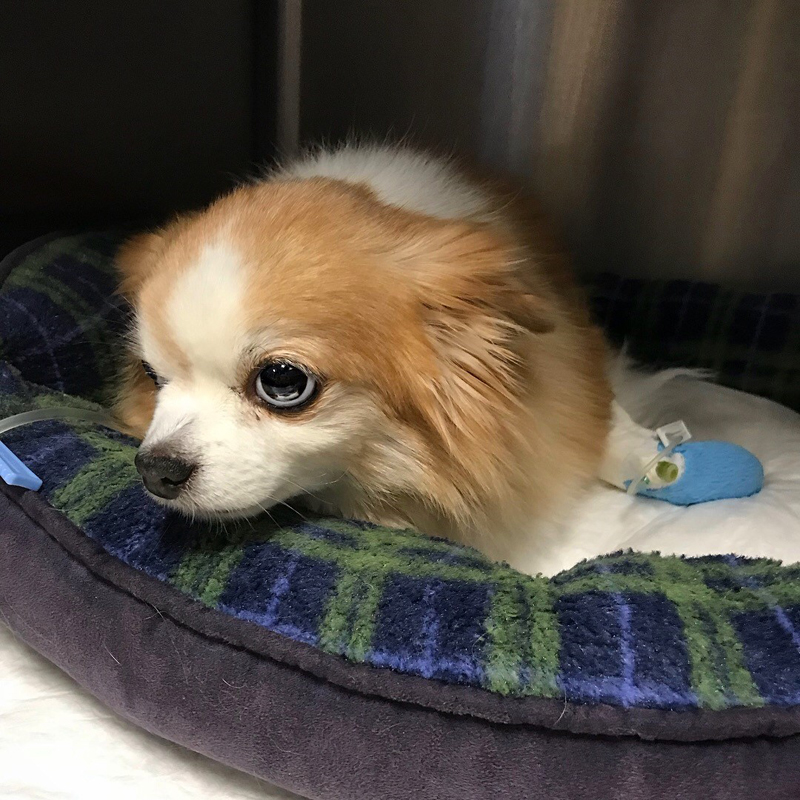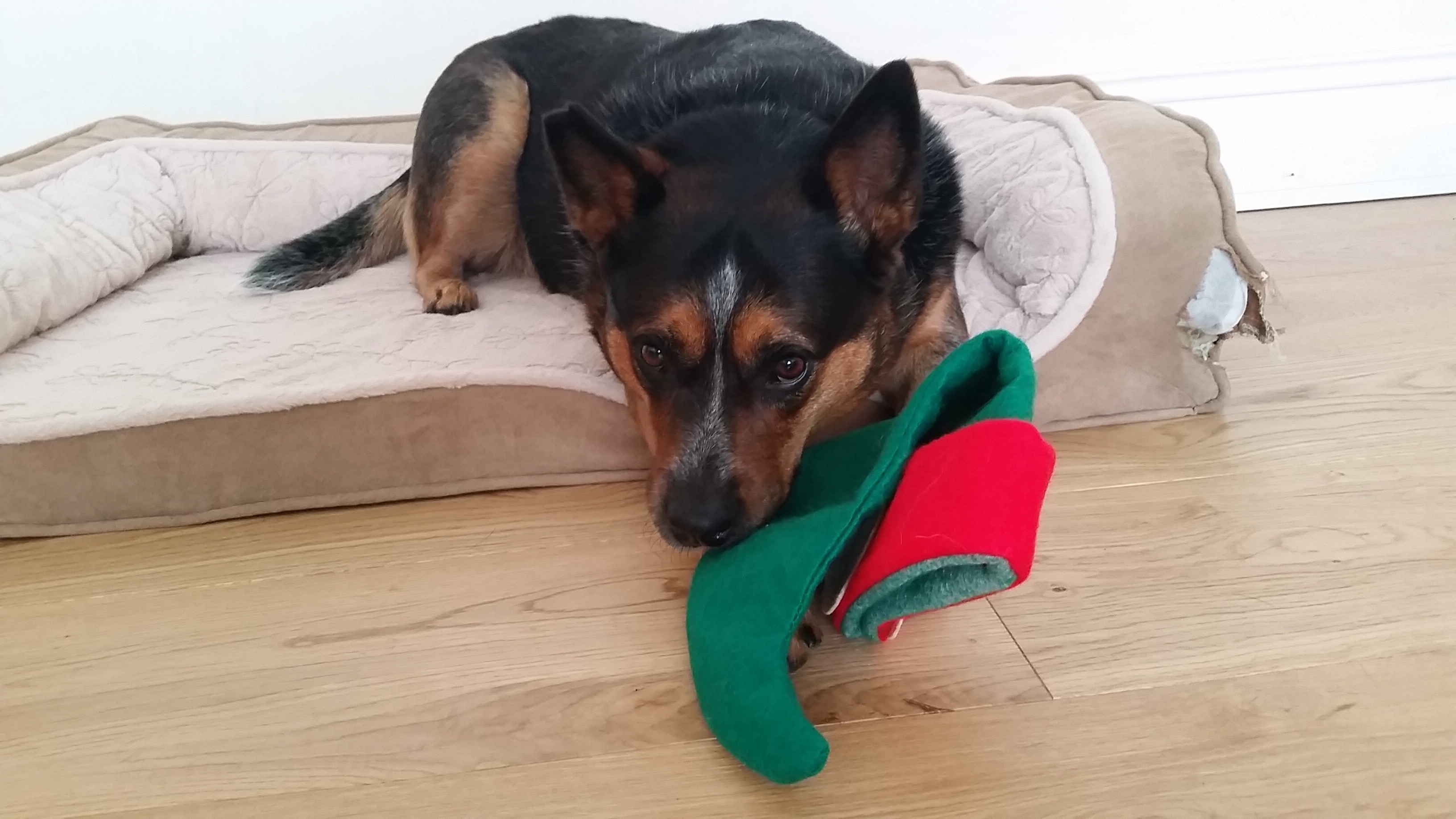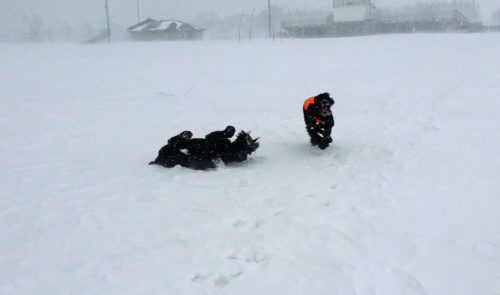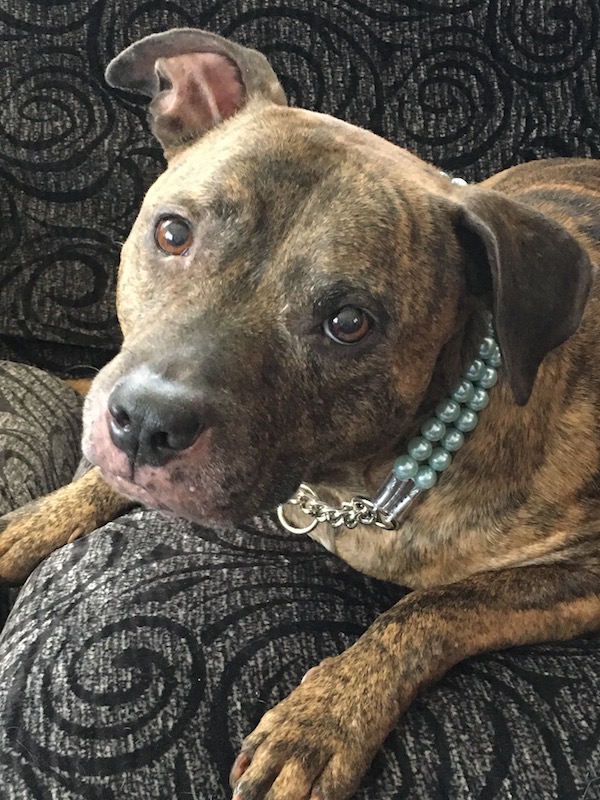- Second Chance AIHA ›
- Forums ›
- AIHA Dog ›
- New Journey / Off to a promising start
I stumbled upon this page late last Monday night. My Pembroke Welsh Corgi, Cody, had just been released from the ER/ICU, where he had spent the previous 50+ hours being diagnosed and treated for IMHA. To say i’ve gotten a college education on the condition in the days that have followed would be an understatement. The ladies who are the administrators of this page, Vally, Linda, Sheena and Patrice, have been absolutely amazing. I feel like I went from complete stranger to coddled beneficiary of their world of experience and knowledge with this dreadful IMHA disease overnight. Literally.
To begin, Cody had been a bit out of sorts a week ago Saturday (June 4). Just generally mopey, but certainly not lethargic, as many dogs I’ve read about were when they were brought to the vet. For some reason I decided to look at his gums. They were not even close to pink. I put him in the car and rushed him to the regular vet for a CBC, just to see if there was something going on. The vet returned with a very concerned look on her face. Cody’s white cell count was very high and his red cell count very low. By their machine, his PCV was at 22. He was also running a fever – 103.5. They advised me to rush him to the emergency room, where he would likely be put on IV fluids and most likely would get a blood transfusion. The ER did all of the above while they looked for the culprit of these blood values. As suspected, it was IMHA. His initial visit to the ER included x-rays, an ultrasound and extensive blood work to be sent to an outside lab to look for a root cause of the IMHA. The ER also did another CBC and PCV upon arrival. Their machine (likely better calibrated than the other vet) showed his PCV at 26 and his Platelets at 190,000 (within normal range).
The morning following his blood transfusion (Sunday), Cody’s PCV jumped back up to 30, but his platelets plummeted to 21,000. For the next 36 hours, his PCV danced around the mid-20’s (25/26/27/28) but never got back up to 30. His platelets seemed to be coming back a tiny bit…they were at 92,000 when he was released on Monday evening. PCV at 27. They asked us to return in 24 hours for another test. So, Tuesday the numbers were 26 and 66,000 (platelets slightly down again).
It is not in my nature to sit idly by and not take some sort of action so I went online. I found this forum and I found an Internal Medicine specialist nearby at a specialty veterinary hospital. We visited with the specialist last Wednesday, June 8. The initial tests done at the ER revealed no sign of cancer via the xrays or ultrasound and there was no sign of toxins or infectious disease in the blood work that had just come back from the outside labs. So, the diagnosis seems to be Primary IMHA right now. Upon arrival at the specialist, the PCV had gone down to 20 but his platelets had catapulted back up to 240,000! Very exciting news since the doctor didnt think his clinical signs warranted another hospitalization. He sent me home to go back the next day for another PCV twenty four hours later. That test on Thursday, June 9th revealed an increase to 27. Forward moving numbers are good.
We have now been instructed to go back once a week for PCV tests. I’ll get one more today before adhering to the once per week schedule just to start my week off with my mind at ease, since we havent had an updated number since Friday.
Cody is now on Atopica (50 mg – 2x per day), Prednisone (just lowered by the specialist to 30 mg per day from the original 40 mg), Azathioprine (50 mg every other day (it was every day)) and Pepcid (10 mg per day) to keep his stomach from reacting badly.
I remain optimistic that I was very fortunate to seemingly catch this early enough that we were not subject to the tragic tailspin so many others have experienced with this dreadful disease. I’m forlorn that the research dollars apparently are just not there in the field of veterinary science like they are in human research studies. It makes me sad that they just don’t have enough data on the books to really come to a definitive catch all fix for this disease!
As corgis go, Cody is no different than most. He’s spunky and feisty and somewhat scrappy. Over his 9 years, i’ve sometimes lamented about what a pain in the ass his attitude can be, however, in this instant at this very moment, I do believe his spunk is helping him fight fight fight. I am steadfast in my commitment to remain fight fight fighting right by his side.
I will post updates on our progress as I have them. For now, i’ll just leave our story right here.
Thank you for your kind words.
Just you wait – every time he demonstrates that pain in the ass attitude, it will make you so happy.
Okay now I have to say this. It’s not a good idea to do two reductions at once. You’re doing prednisone 40 down to 30mg daily and azathioprine 50mg every second day – down 50%. Could you delay the azathioprine reduction for a few weeks, or if you must reduce, reduce the amount of the dosage? The 40 to 30 prednisone is a good reduction. I always noticed there was a change in Bingo in that he did seem to feel the reductions but after a few days, he seemed to recover and be all the better for the reduction. His PCV also seemed to drop each time we did a reduction but picked up again next time we tested, so I learned not to panic with this.
You are not fortunate, you are very vigilant, and Cody is very lucky to have you. Post a photo of this spunky boy. Use the Upload your photo on the right (or on the bottom, if using a pad or phone). Bingo likes to check out the competition.
Love Vally & Bingo
xxx
Allison I am sorry you had to come find us but I am happy you are here and getting the help you need. Our little family here is an amazing help and support to all. I am glad Cody is feeling better and I pray for his continued recovery. Take time to get yourself some rest this disease is all encompassing and you will soon find your self worn down and frazzled if you do not get rest. As I am inept to give medical advice on this wretched disease I refrain from that part of the conversation but please know I am here for support and to lend an ear or a shoulder to cry on.
Warmly,
Amy & Coal- the sassy poodle (diag. IMHA Feb 2016 @4months old)
Thanks, ladies. I’m following the advice of the Admins here and will refrain from reduction in meds until Cody’s PCV gets to the mid-30’s.
Yesterday (Monday, 6/13) was the first check since Friday and he has crept up to 29. Somewhat promising as the specialist told us it generally takes 7 to 14 days to kick this into remission. Has that been the average time here for those that have survivors? I remain optimistic that remission is in the cards for us. My intent is to keep his spunky self in remission once we achieve it. And, yes, I welcome those spunky (and sometimes belligerent), typical corgi, moments he displays.
I’ve uploaded a picture from February, before he was stricken with this horrible ailment. He looks happy and healthy in that photo and that is how I intend for him to be again soon.
Another thing that may or may not be important to note here….. I just happen to have a baseline full blood workup on Cody from 2 years ago. He had been on antibiotics for a month for a bite wound on his foot that got infected (he sometimes gets in fights with my other corgi, Lulu – they’re both a bit scrappy).
After the meds were complete and the infection cleared, I waited two weeks and asked them to do the blood work because I was concerned about potential liver and kidney issues from being on meds for that long. I figured if we had an issue then, good to have the information. If there was no issue, at least i’d have a baseline for any potential issues that could possibly come up. Foreshadowing perhaps?? Ugh…
Anyway, a friend just brought up an interesting point….what is Cody’s HCT/PCV Normal? Well, the 2014 blood work shows that number at a whopping 53!
My question is this: Does this now change where we start the taper? In other words, you guys have suggested I wait until he hits mid-30’s to start the tapering of the meds (one at a time, of course), given that 40 is normal. But, since Cody’s normal is 53, does that mean I should wait a bit longer for that number to come up some more?

Alison, he looks lovely and yes, attitude!
On the previous PCV of 53, a normal dog’s result is between 37 and 55. Sheena loves to quote, normal is normal is normal, so did Cody have a high reading? No, normal. However, when you do get a higher PCV reading than say you would normally get, it is usually because the dog may be a little dehydrated. Does Cody stress at the vets? So if a dog has diarrhea for example, then you could expect his PCV to be high.
If a dog is on a drip, for example, with lots of fluids, then you would expect the PCV to actually start to drop. To keep a closer look at hydration, they often carry out a TP test with the PCV. The total protein test will show level of hydration.
Vally
xxx
Some breeds, like sight-hounds, do have extraordinary requirements for high levels of blood oxygen for racing so they will have very high normal hematocrits, upwards to 65%. I would not necessarily put the Corgi in that category. But each dog does have a level where they settle into that is “their” level.
Polycythemia is the term for an abnormally high red blood cell count. In some cases this is simple case of dehydration when the sample was drawn. A proper blood draw should be taken after at least an 8 hour fast to insure that fat in the blood will not interfere with the test results (lipemia). However, dogs are notorious for avoiding water if food is being withheld. So you end up testing a dog that is literally dry as a bone. And dogs on prednisone are even more prone to be extremely dehydrated. So if you are following me, each blood element is considered a percentage of the whole sample. Remove a lot of the fluid from a sample and the red blood cells seem like they take up a greater percentage of the sample.
There is one disease called HGE that has a symptom of an extremely high hematocrit, well over 65%. That of course would not be the case here however.
More than likely he was a bit dehydrated that day. If you will send me the CBC and the chem screen I can tell you what I see.
I think we all wanted to get the same dog back that we went into this disease with. Chance, at heart, was the same. But there were physical changes that were apparent to us and some of those changes were to his physiology. Afterwards his normal hematocrit was always about 3-5 points lower than his PCV and this was considered his normal after that. So we would get normal readings of 32% hematocrit and 36% PCV. That is not usually considered “normal” for dogs. (He also developed some interesting gray streaks in his coat.)
So how did I know that was his normal value? The body wants to maintain a homeostasis at all times. The kidneys are constantly monitoring the messages from the body about the need for oxygen. If they hear any complaints from body cells that “hey we need more O2 down here NOW!” they release an important hormone, erythropoietin (EPO), that signals to the bone marrow, “Make more baby blood cells NOW!” These cells are called reticulocytes. They are released early into circulation in the hopes that they will mature quickly and take over the important job of carrying more oxygen to the body cells. So you may see a value of 2% and 150,000 for instance.
The math behind the release of reticulocytes and the level of anemia is VERY exact. The body knows -exactly- what it is doing and how many red blood cells to make.
If there is anemia (< 38% HCT) and the number of reticulocytes is above 60,000 absolute (1%) then we call that regenerative anemia. Good thing, replacing old worn out red blood cells. This happens every day of our lives, old RBC die and are recycled, new reticulocytes are made.
(Regenerative anemia is a good thing unless there is hemolytic anemia, then we think of very high levels of reticulocytosis as a rather ominous sign, a lot of red blood cells are being destroyed.)
When there is anemia and the number of reticulocytes is less than 60,000 absolute (<1%) this is called non-regenerative anemia and is a very ominous sign that something is wrong with the process of the kidneys signaling the bone marrow. Either a problem with the kidneys or the bone marrow or perhaps one of the contributing factors like nutrition or thyroid.
*So if we look at the values for the hematocrit (and the PCV) and evaluate them in relationship to the value for the reticulocytes we can figure out when the body is really happy with where it is at. *
So Chance, even with a HCT of 32% and a PCV of 36%, his reticulocytes were sitting really pretty at around 1%, 60,000 absolute. Both the vet and I knew that this was a fine place for him to be. Whenever I had a CBC done, I also had a PCV done, but the first thing I would look at on any of these tests was the reticulocytes, considering that Chance’s illness had been autoimmune bone marrow failure. So looking for 60,000 and 1% is the key.
So we could take a look at Cody’s earlier CBC reticulocyte value and determine how satisfied the body was with where it was at. So that higher HCT value could be perfectly normal. I would like to see his current CBC’s and chem screens to compare certain other important values that tell a story about hemostasis.
You mention infection and that is certainly a trigger for loss of homeostasis. Sometimes when there is chronic inflammatory disease, the body will conserve and create a state of anemia. This is called anemia of chronic disease and it is related to the conservation of iron stores.
After all the stuff I have said above, don’t get too hung up on numbers, they are interesting to me and I like studying them. But the really important indicator is how does Cody feel? Is he perky and interested in the household, pottying ok, eating well, barking at the usual stuff? These are the signs that you see that your vet will not necessarily be aware of the differences.
If the blood work is beginning to look more normal, he is stable and appears comfortable , then yes it would be time to make a small adjustment in his prednisone dose.
I really do remember how eager I was to get Chance below 80mg a day. Dr. Dodds was eager too. But I went very slow. I think I dropped him to 75mg for about 4 days, then 70mg etc, each time checking with Dr. Dodds. But it was MONTHS before I got that drug, alternating with decreases in cyclosporine, down to insignificant doses.
I was extremely focused when I was caring for Chance, oblivious to many other things in my life. I stayed up all hours of the night studying hematology. He was so ill that I had to put my feelings away for a while and just focus on him. I would take a solitary walk on my dinner hour and allow myself to cry a bit, but that was where I kept it. My husband was a great help, not really understanding the science of it, but helping with the numerous doses of medication Chance needed nearly around the clock. Having a family member who is helpful like that can make all the difference in success.
I really like that you are thinking about this in a critical way. That is so important to some of us, to UNDERSTAND the science of what is happening. It puts us in charge of the treatment, makes us partners with the vets instead of helpless owners. If WE make a decision we make the best one for our dog. There can be no second guessing those kinds of decisions, no matter the outcome.
my best
patrice
I can’t speak about the tapering off and at what points but I can say this. If your dog was less hydrated at the time of that blood test his numbers will be higher than if they are adequately hydrated. This happened to our last two blood tests. Coal was at 50 but the other tests showed she was less hydrated than her most recent test that was at 46 and she was more hydrated.














